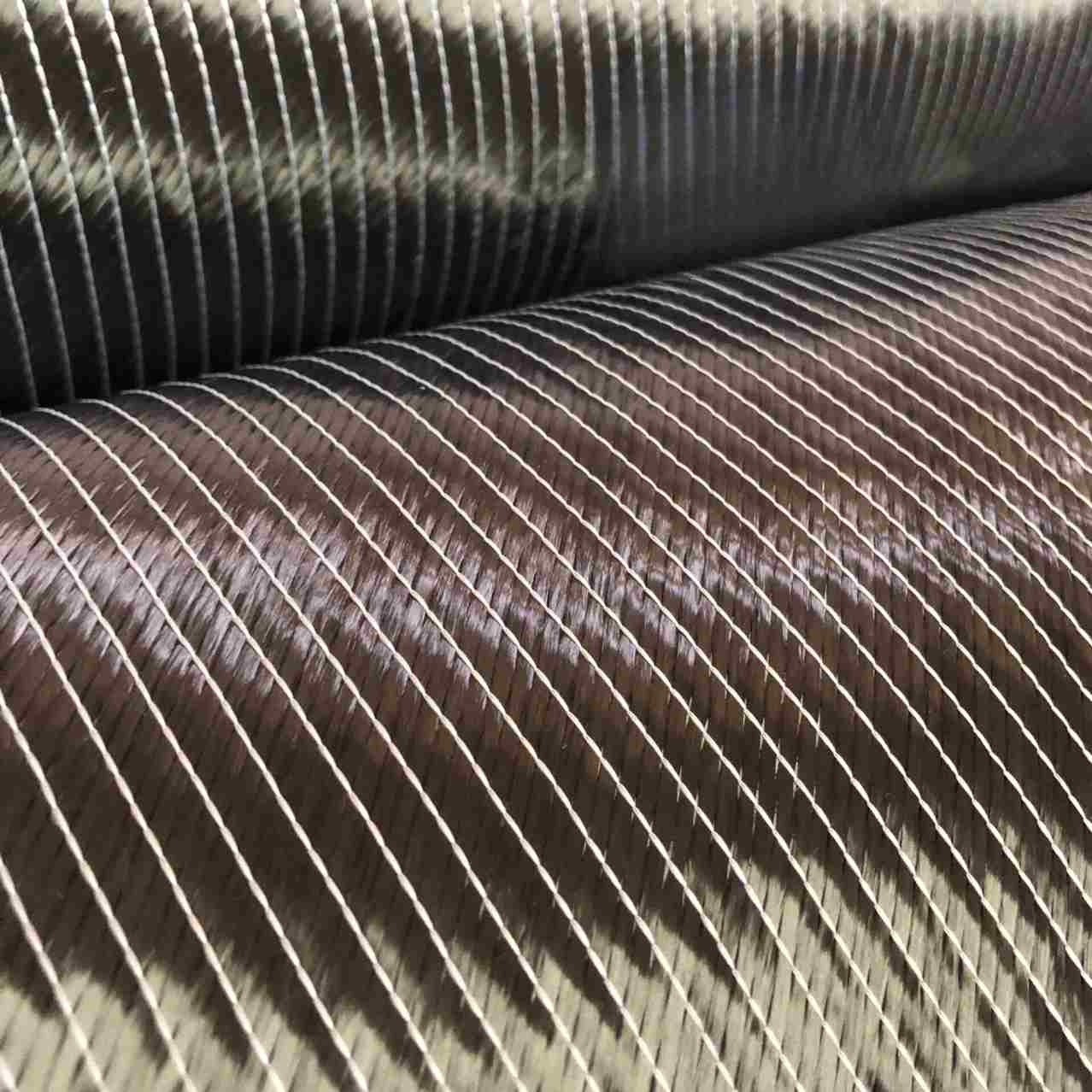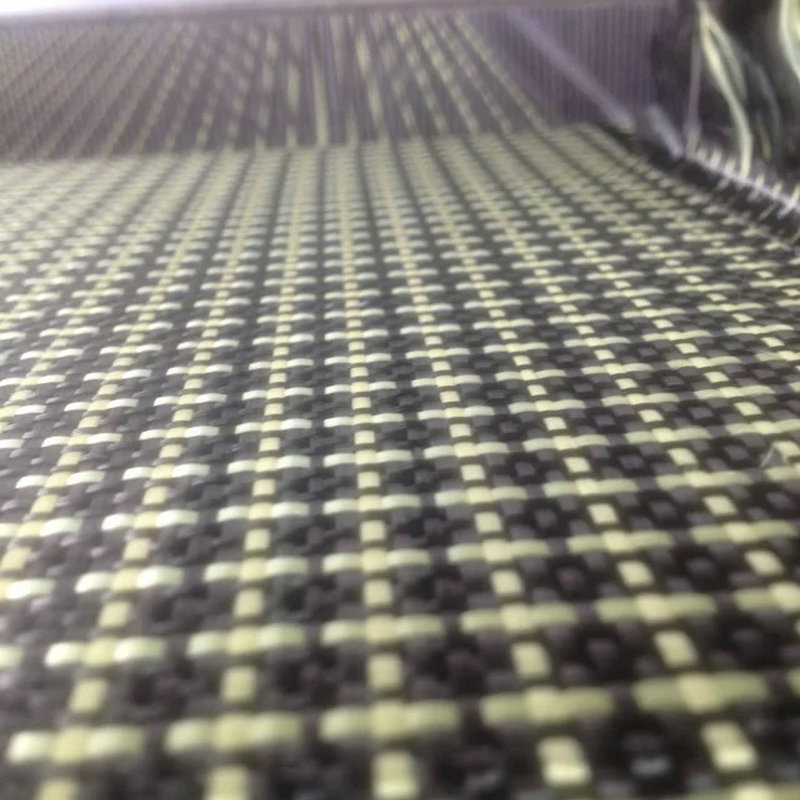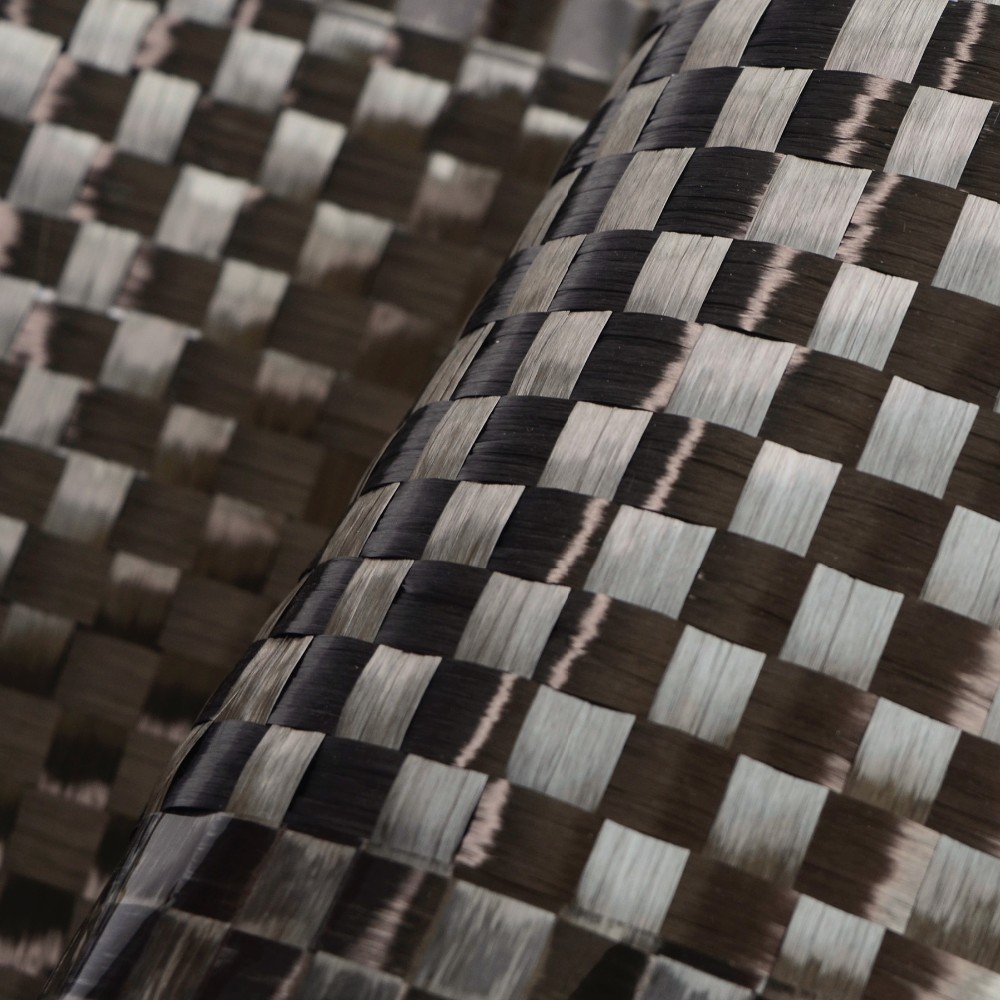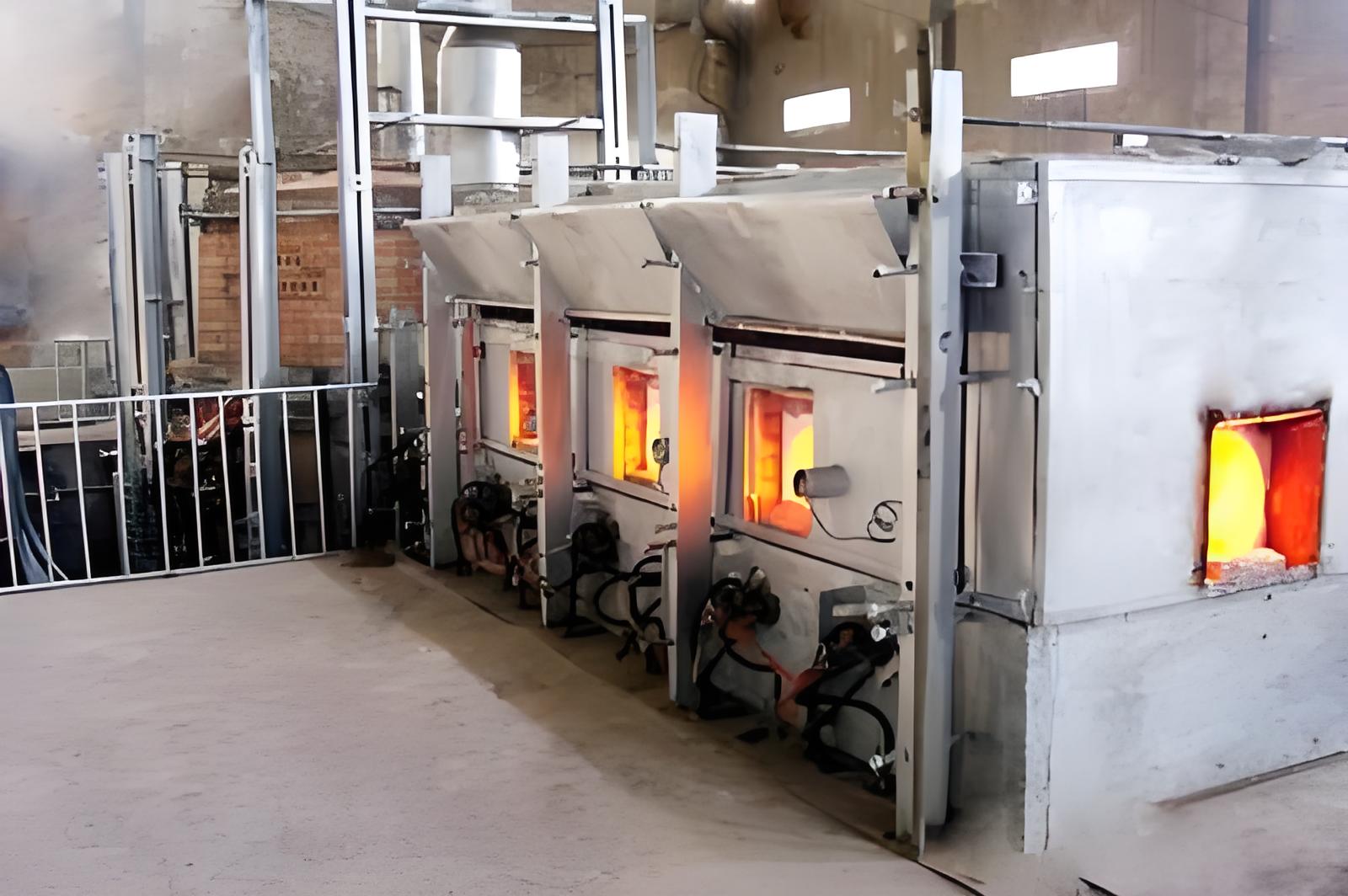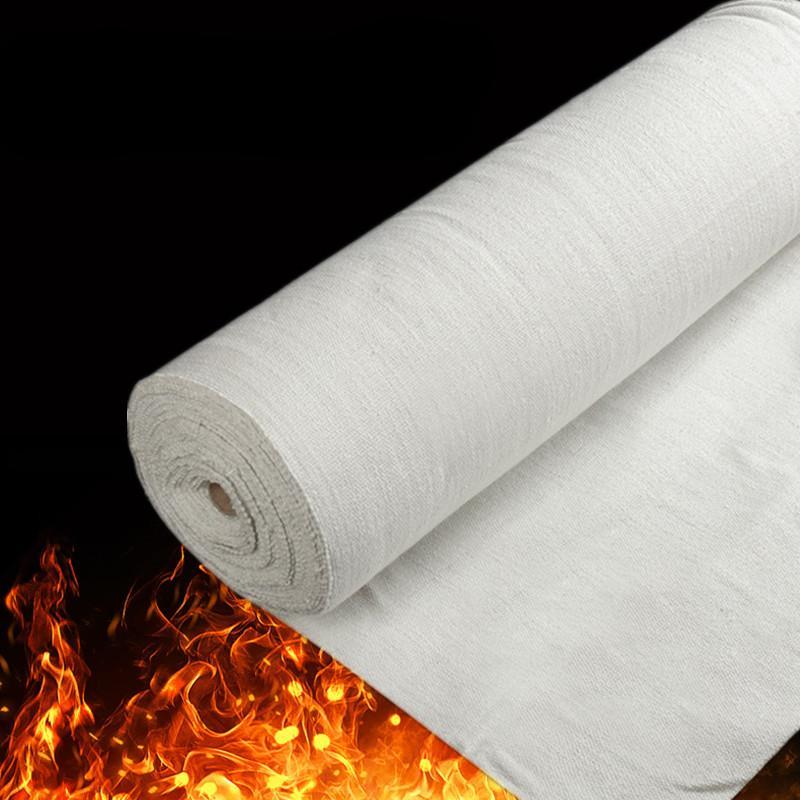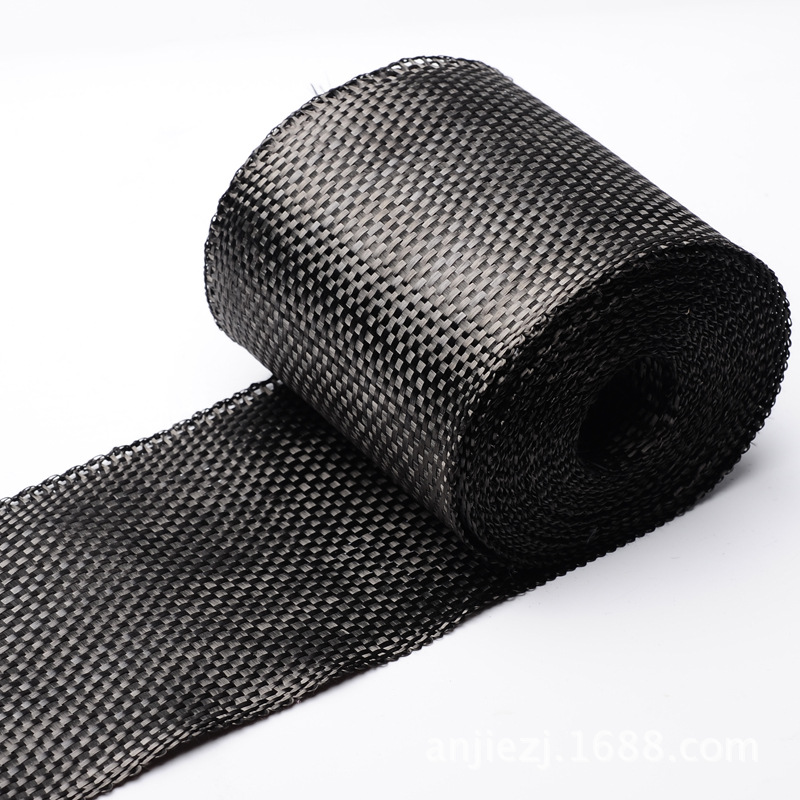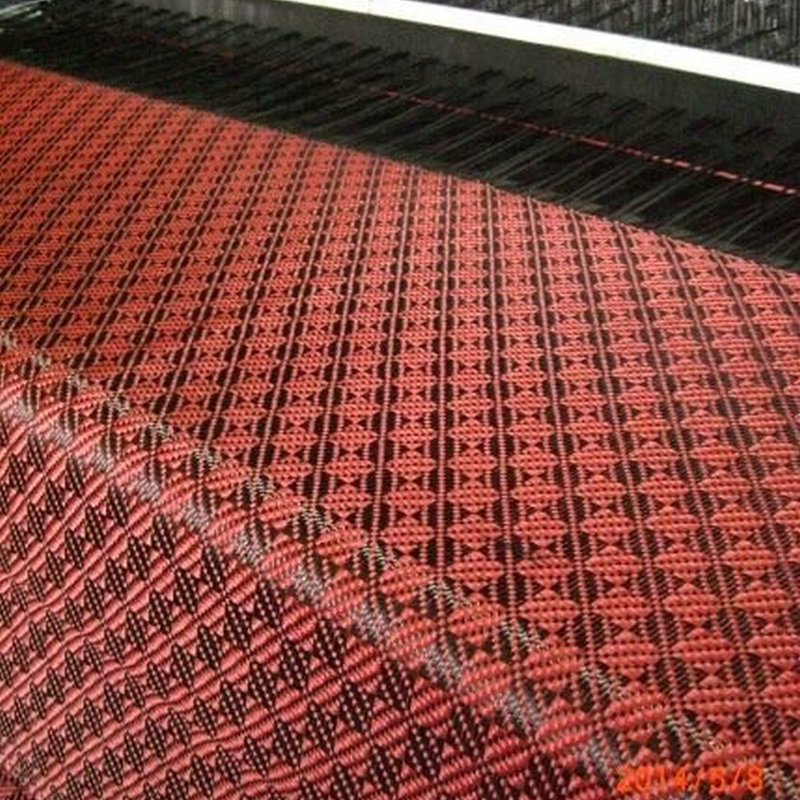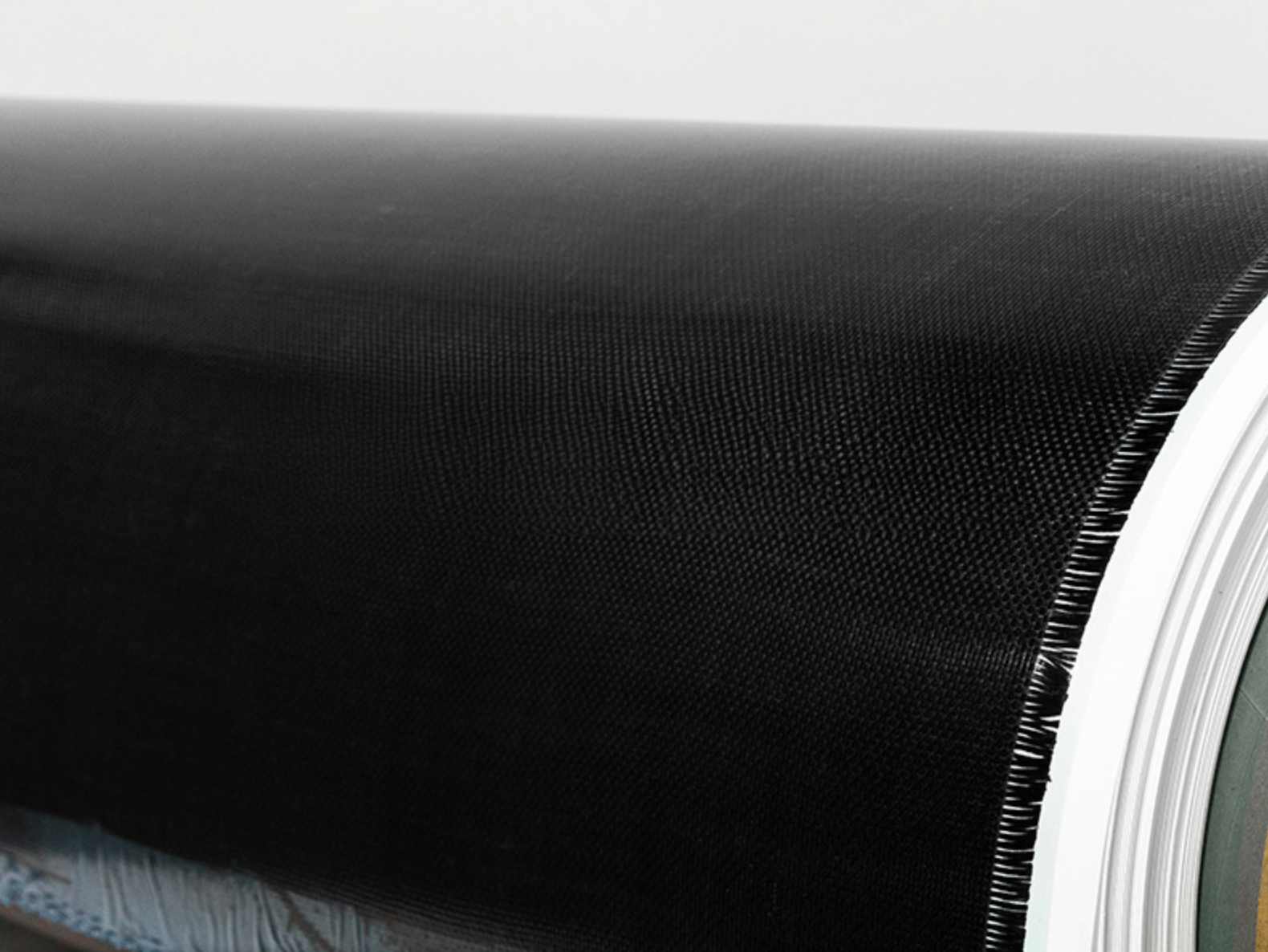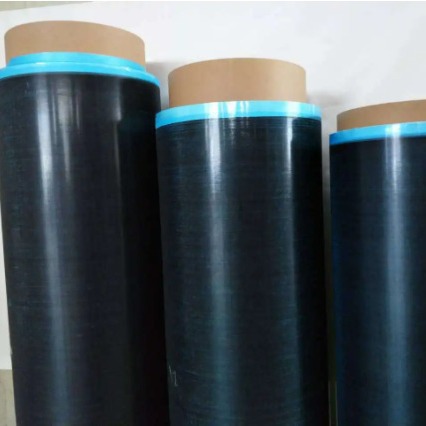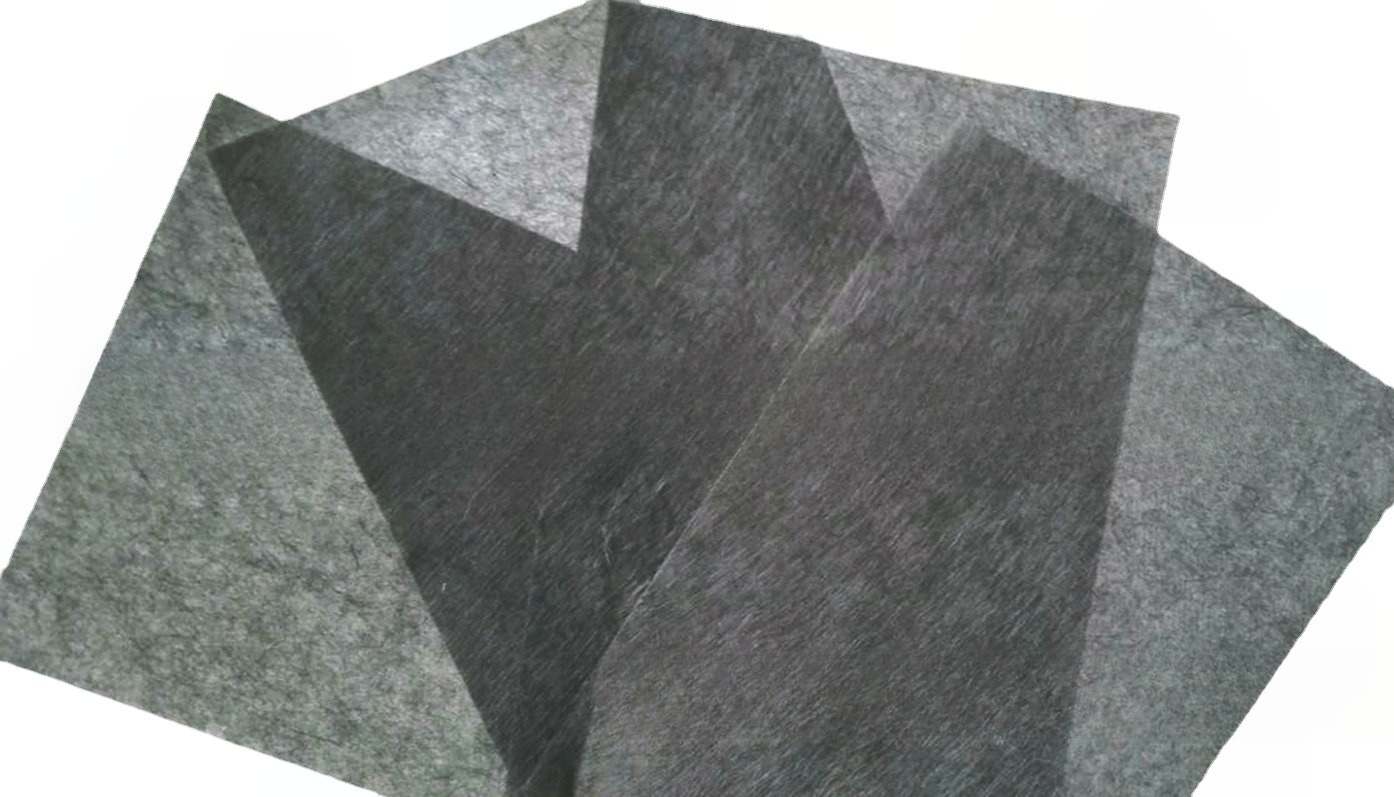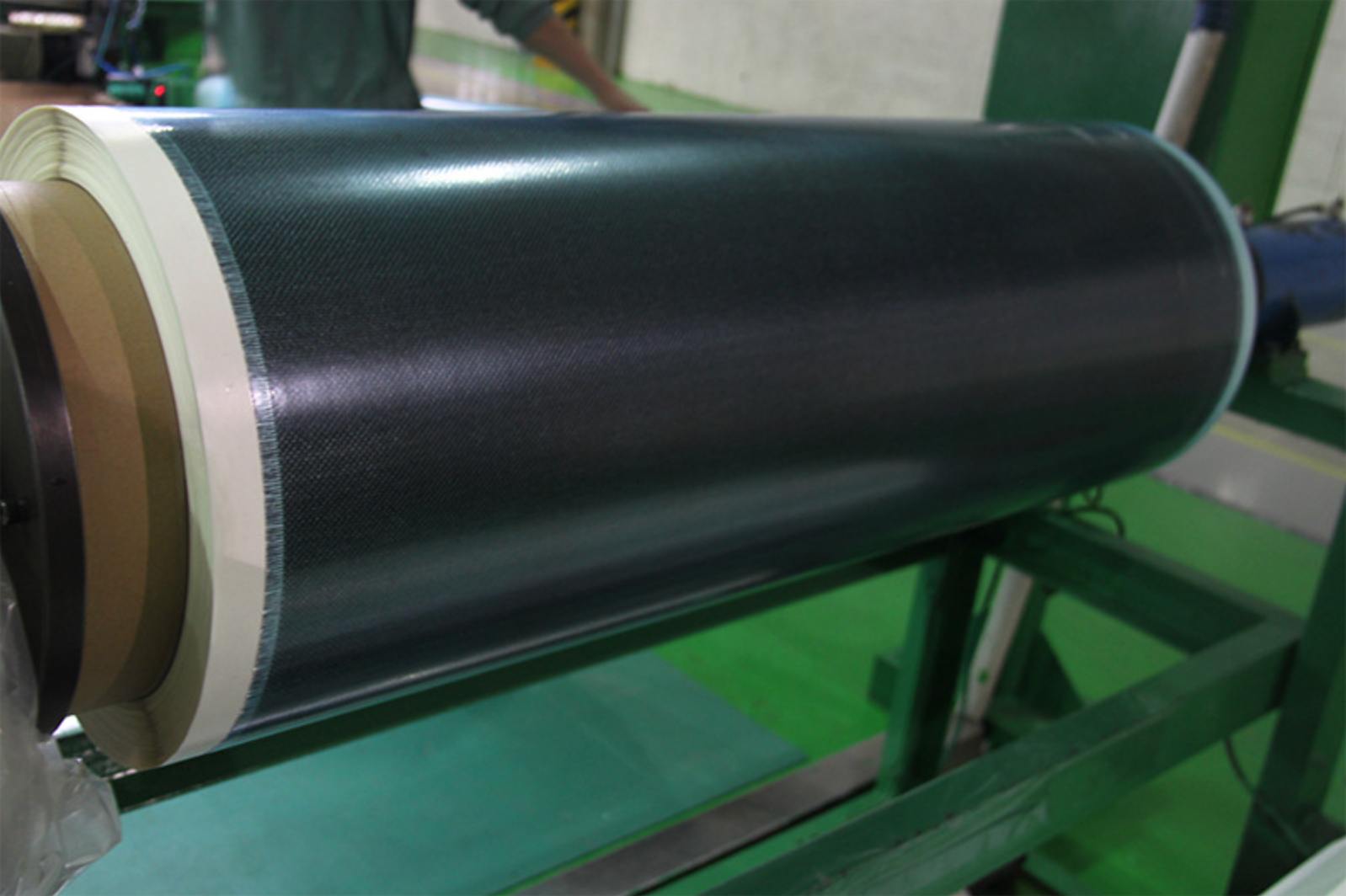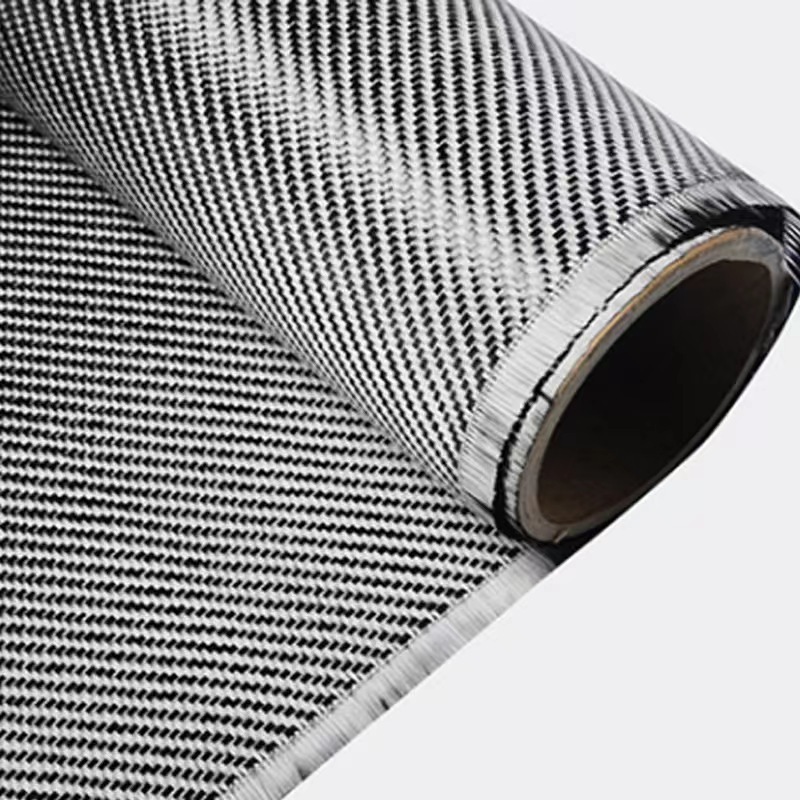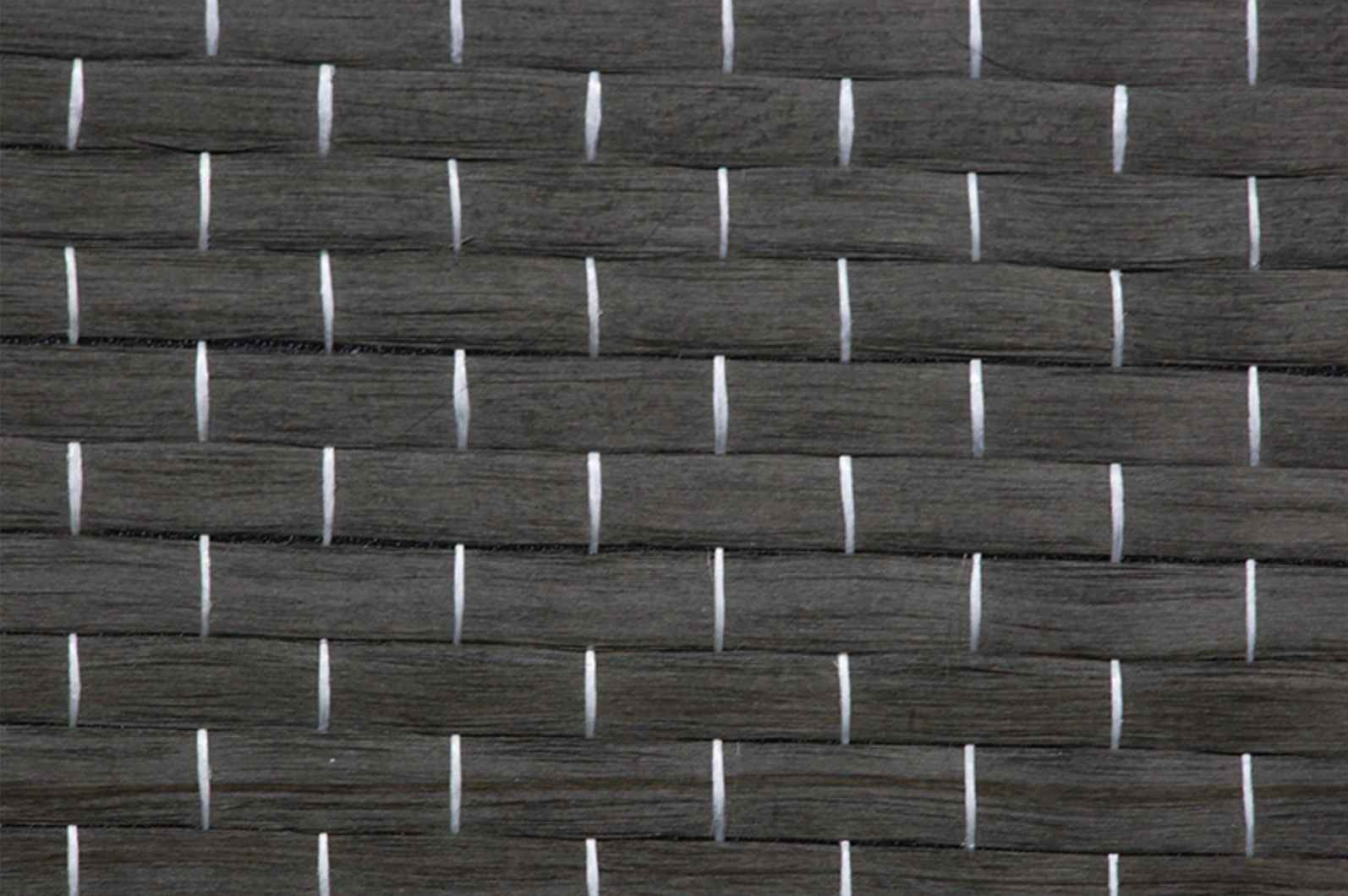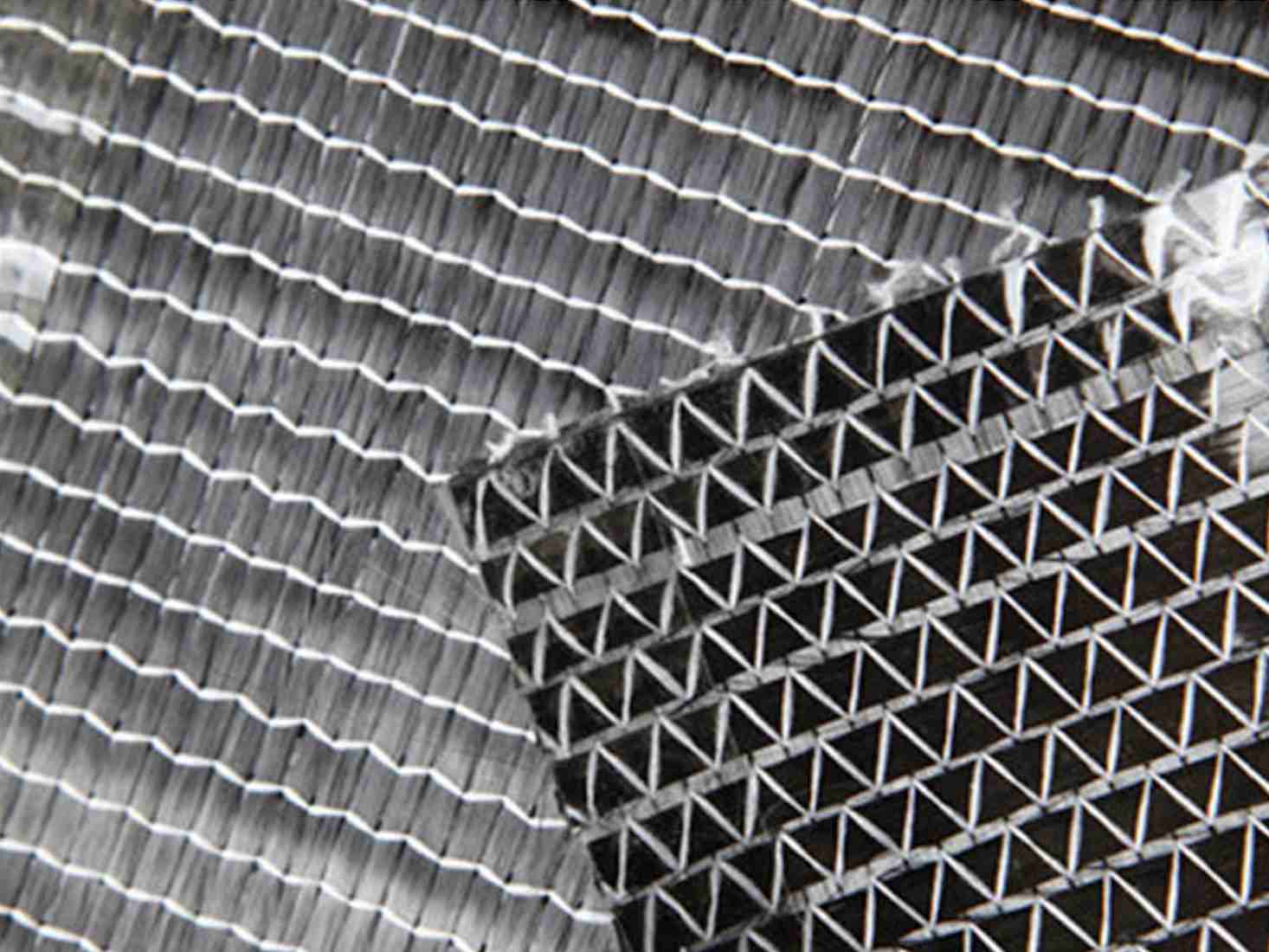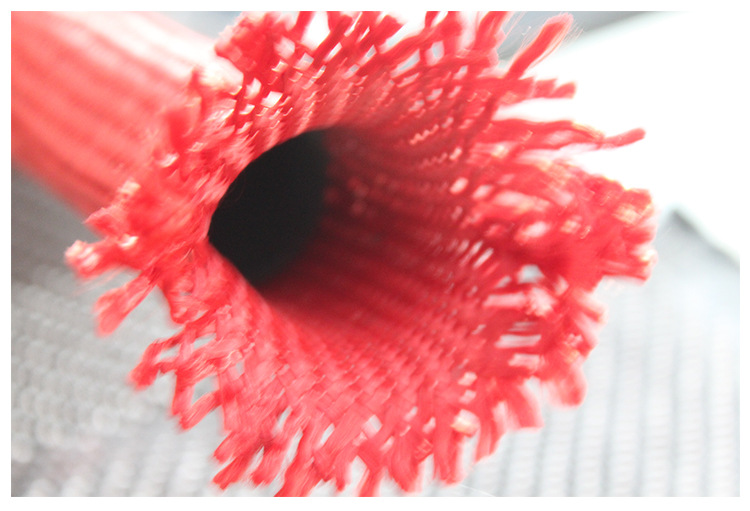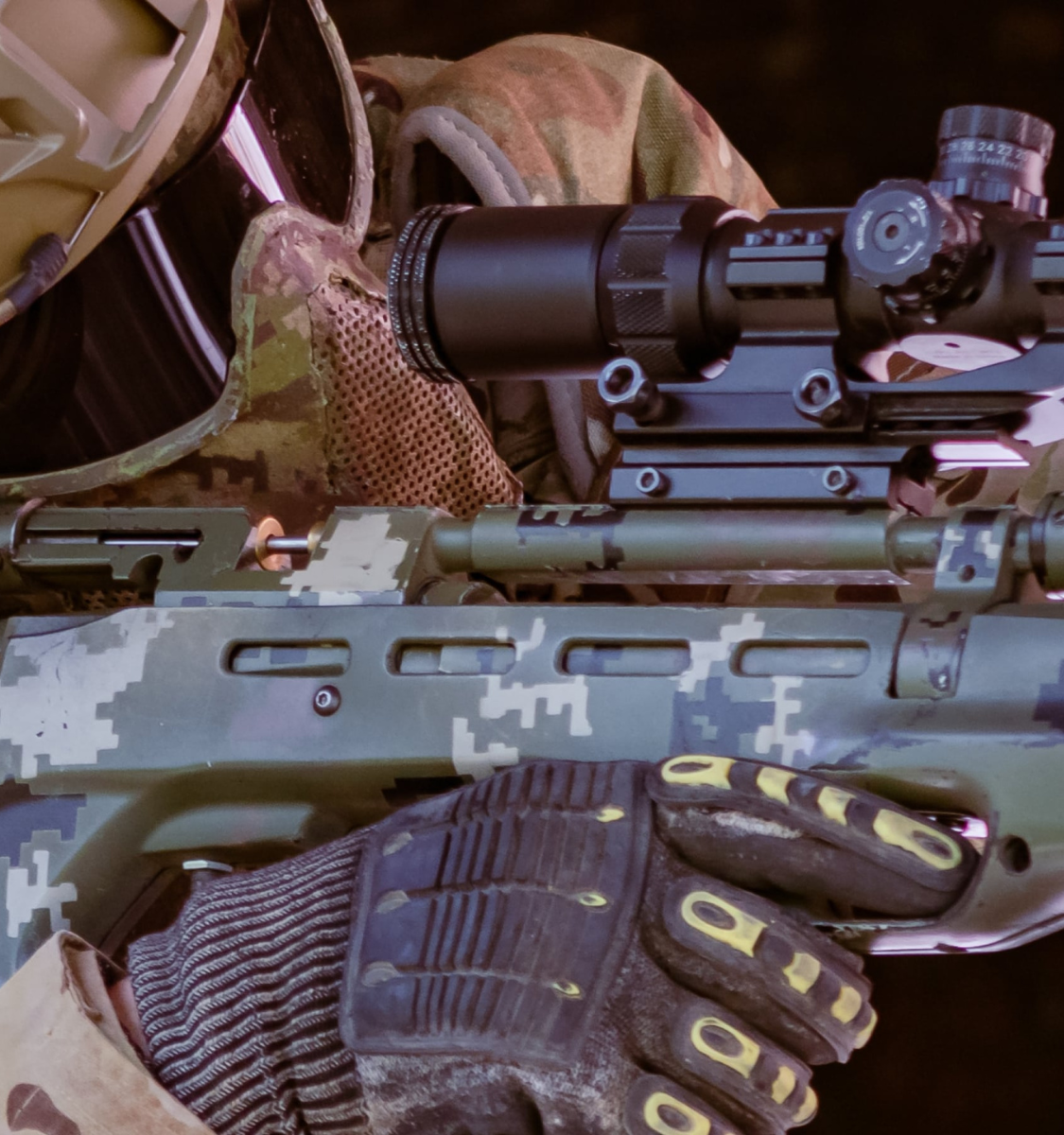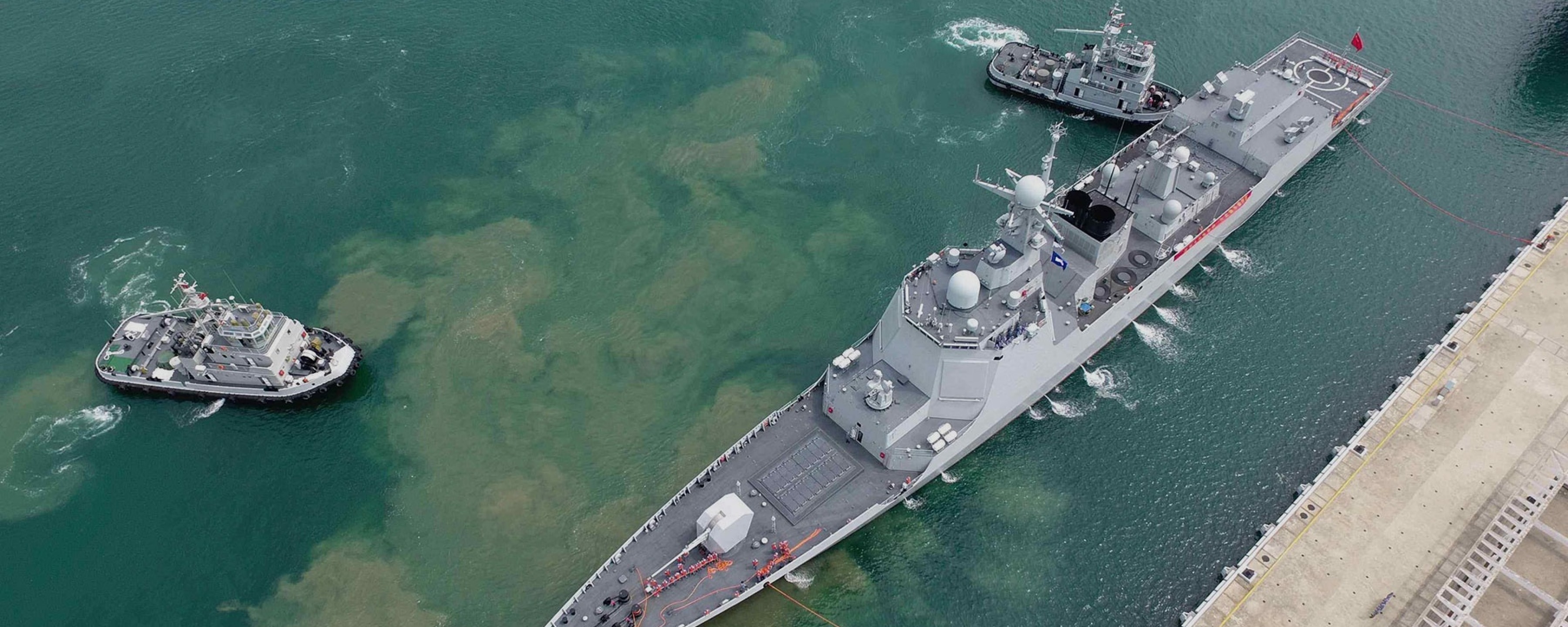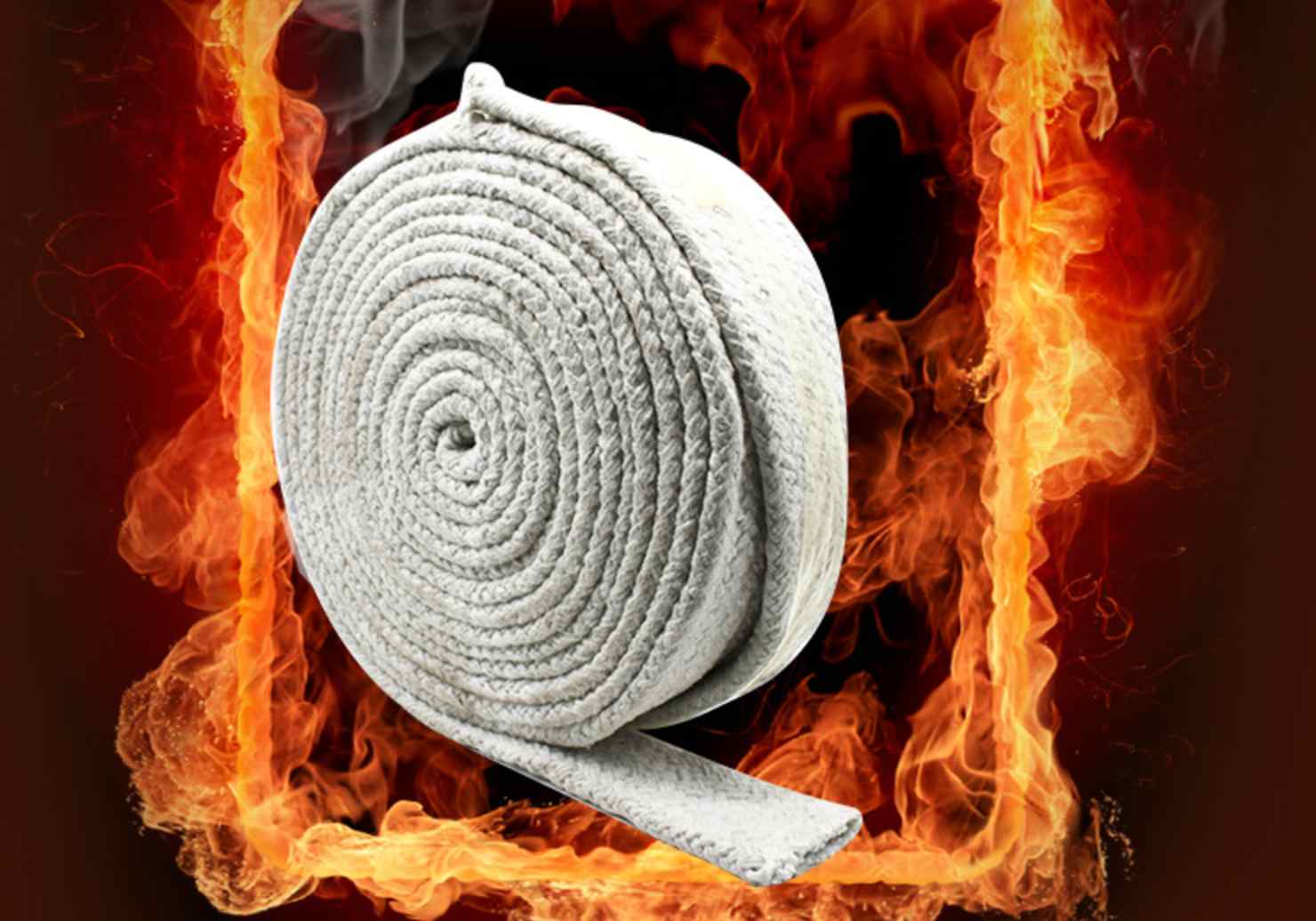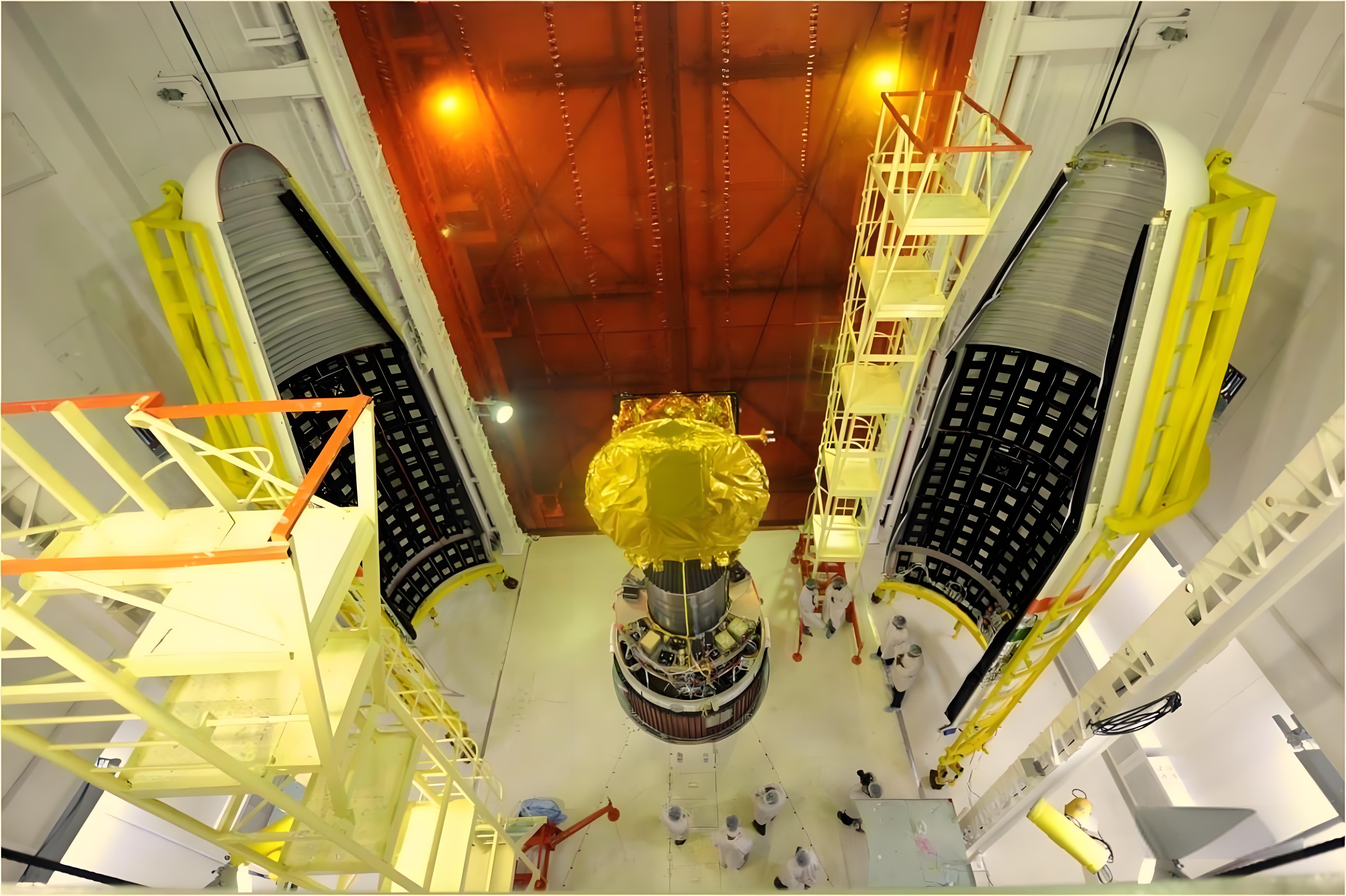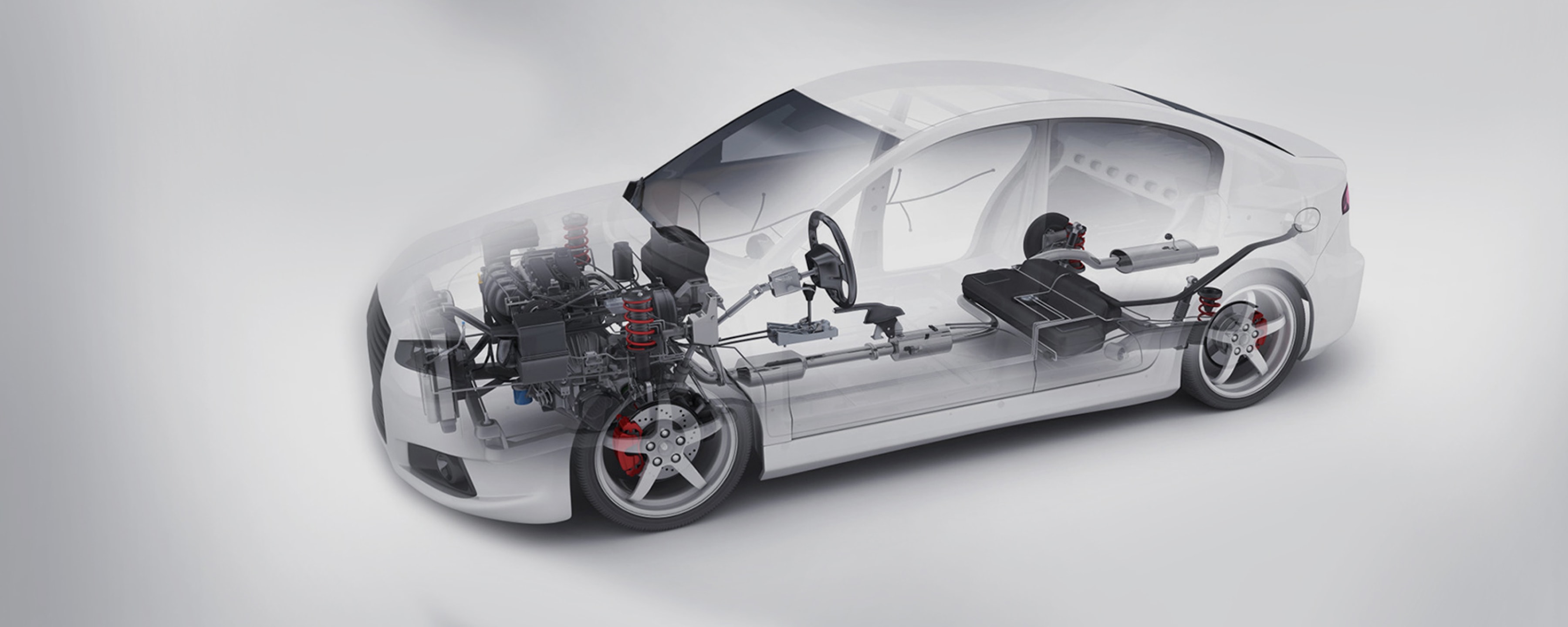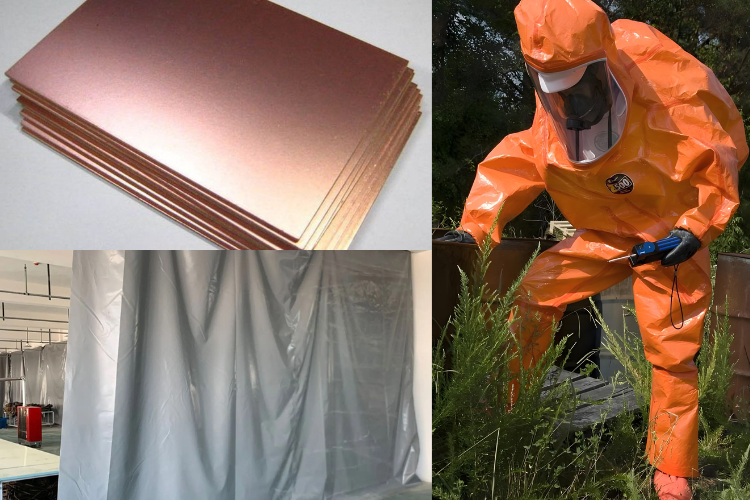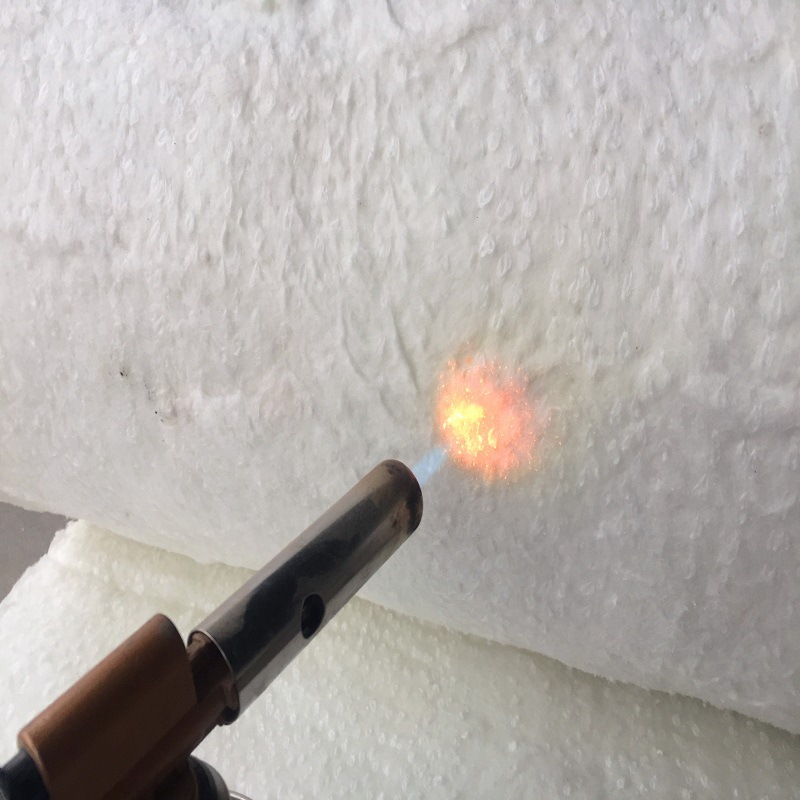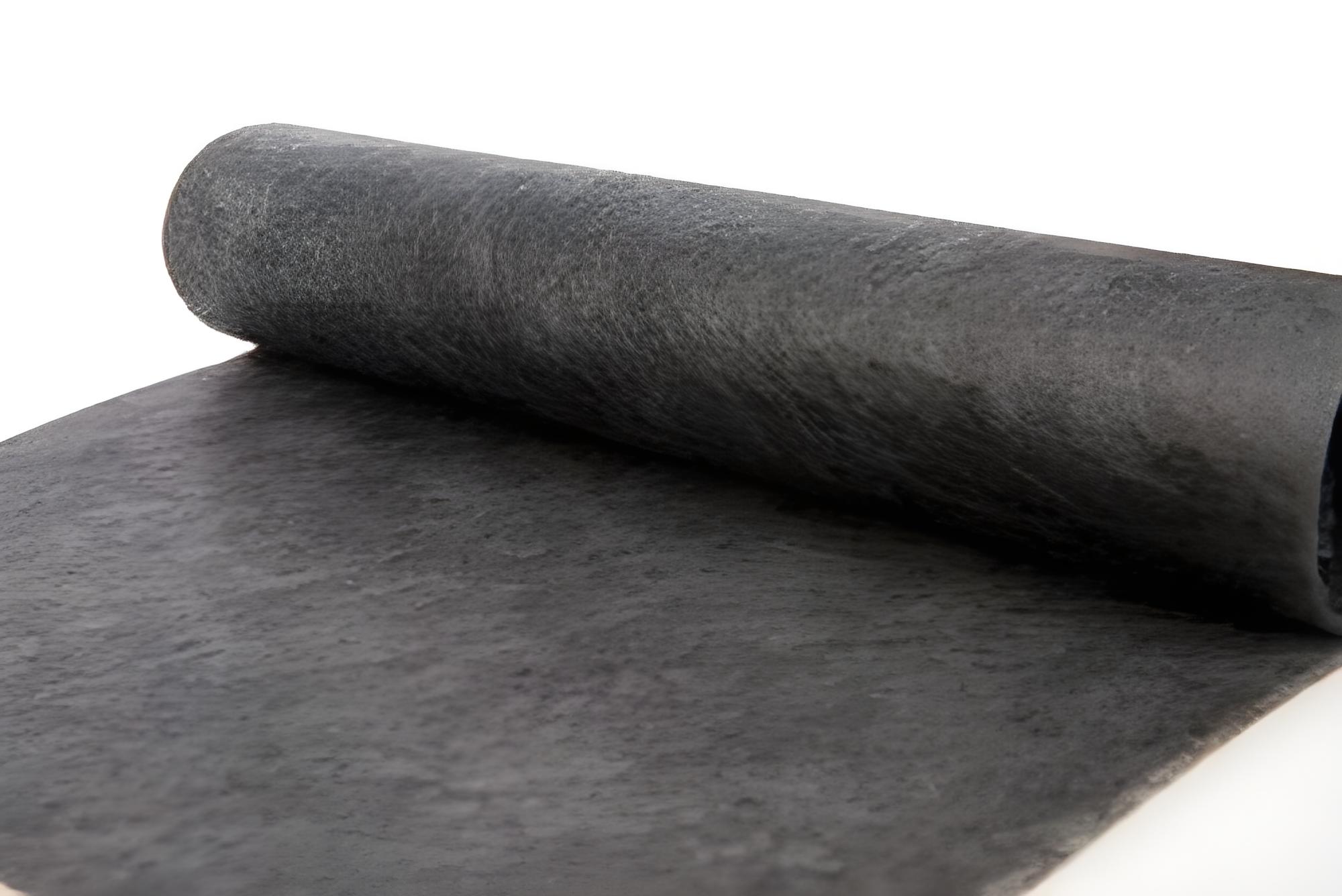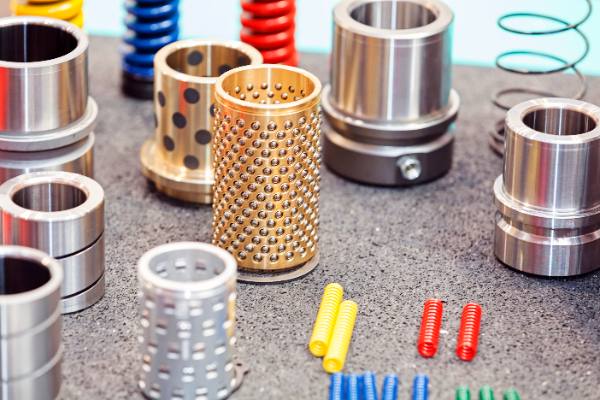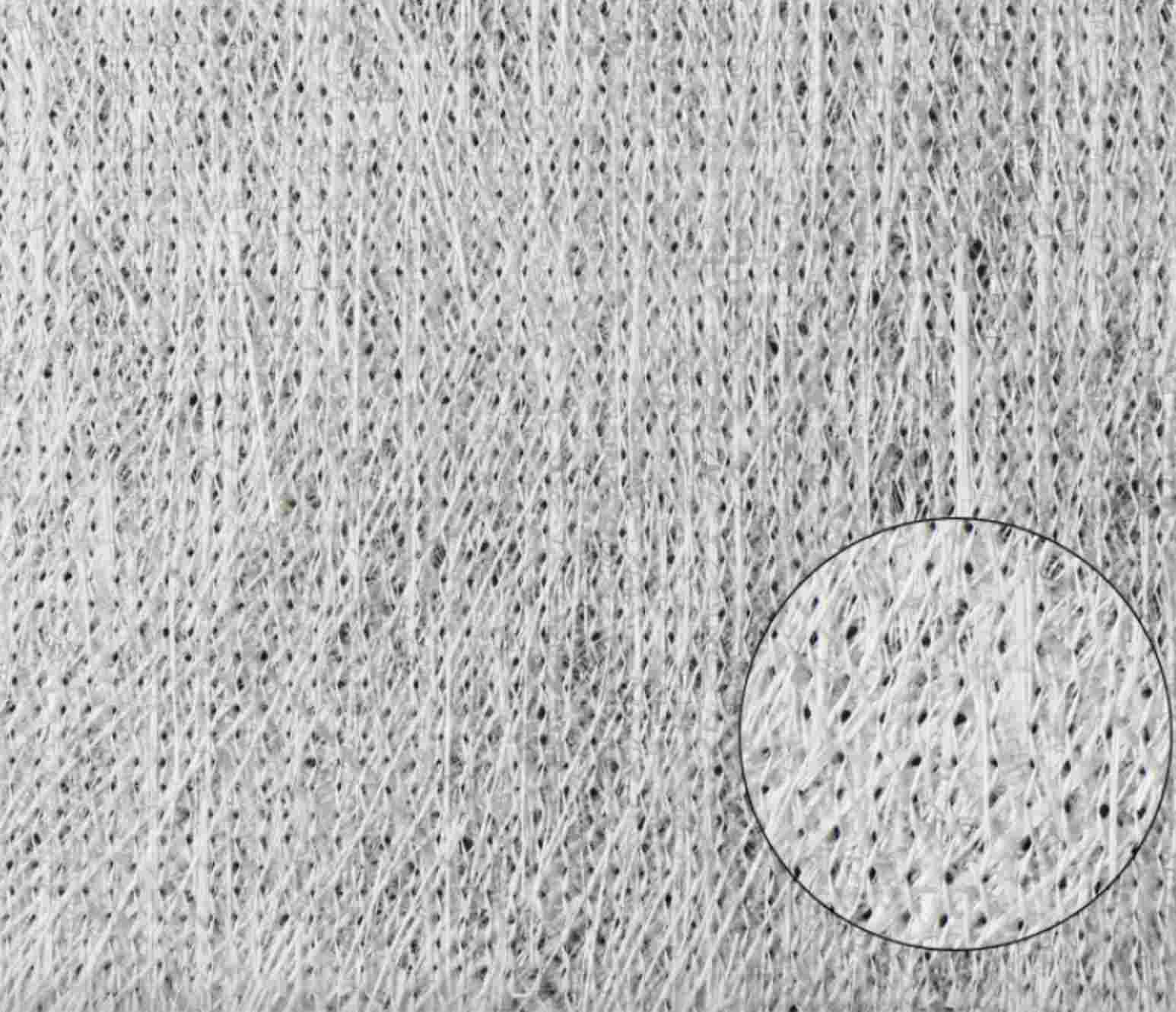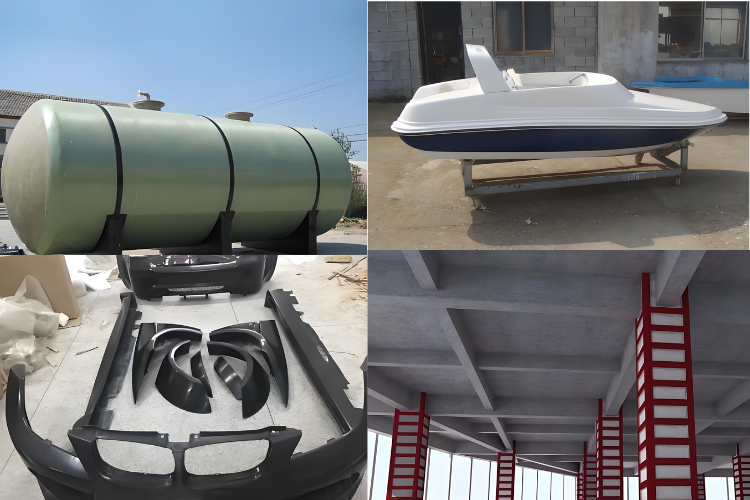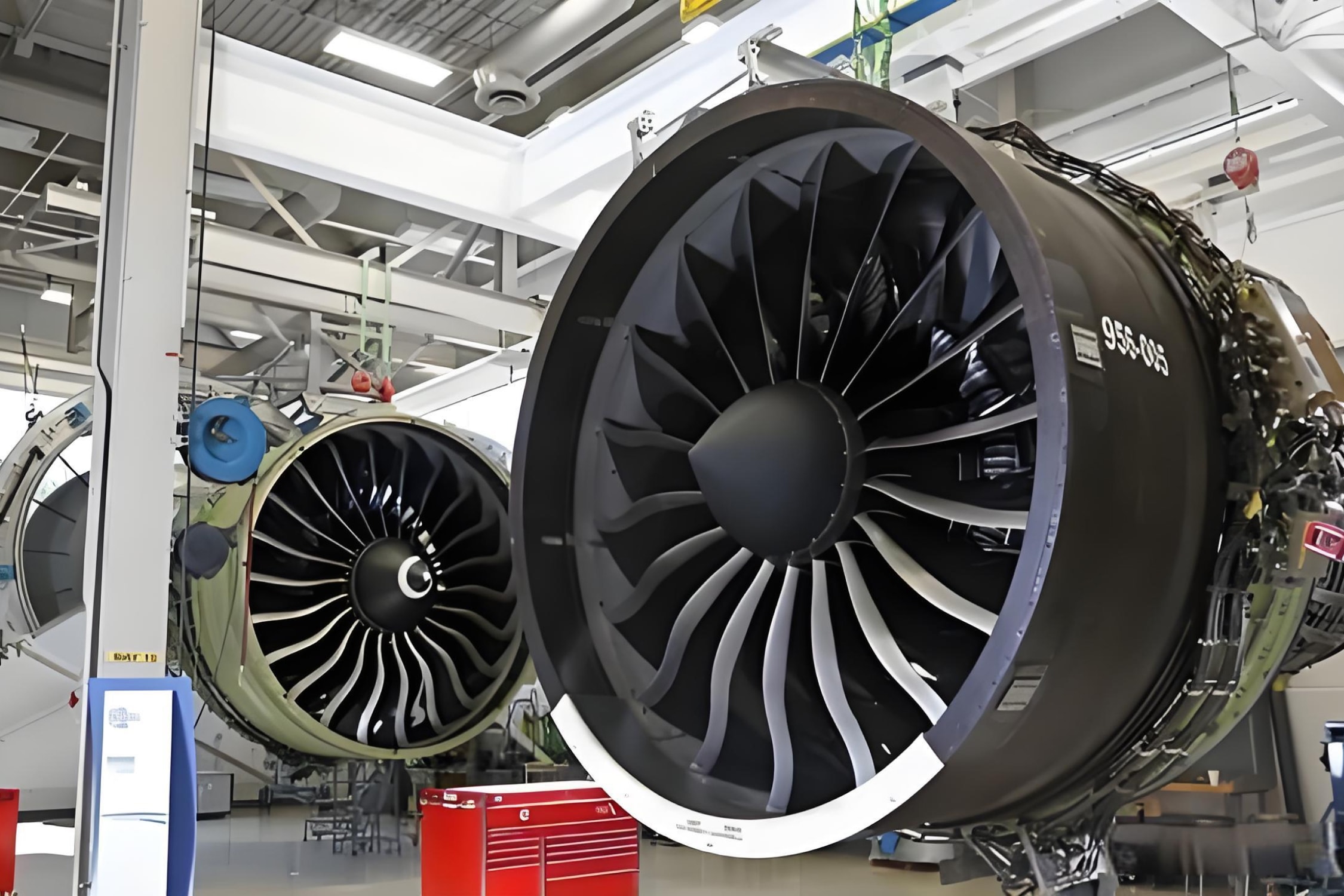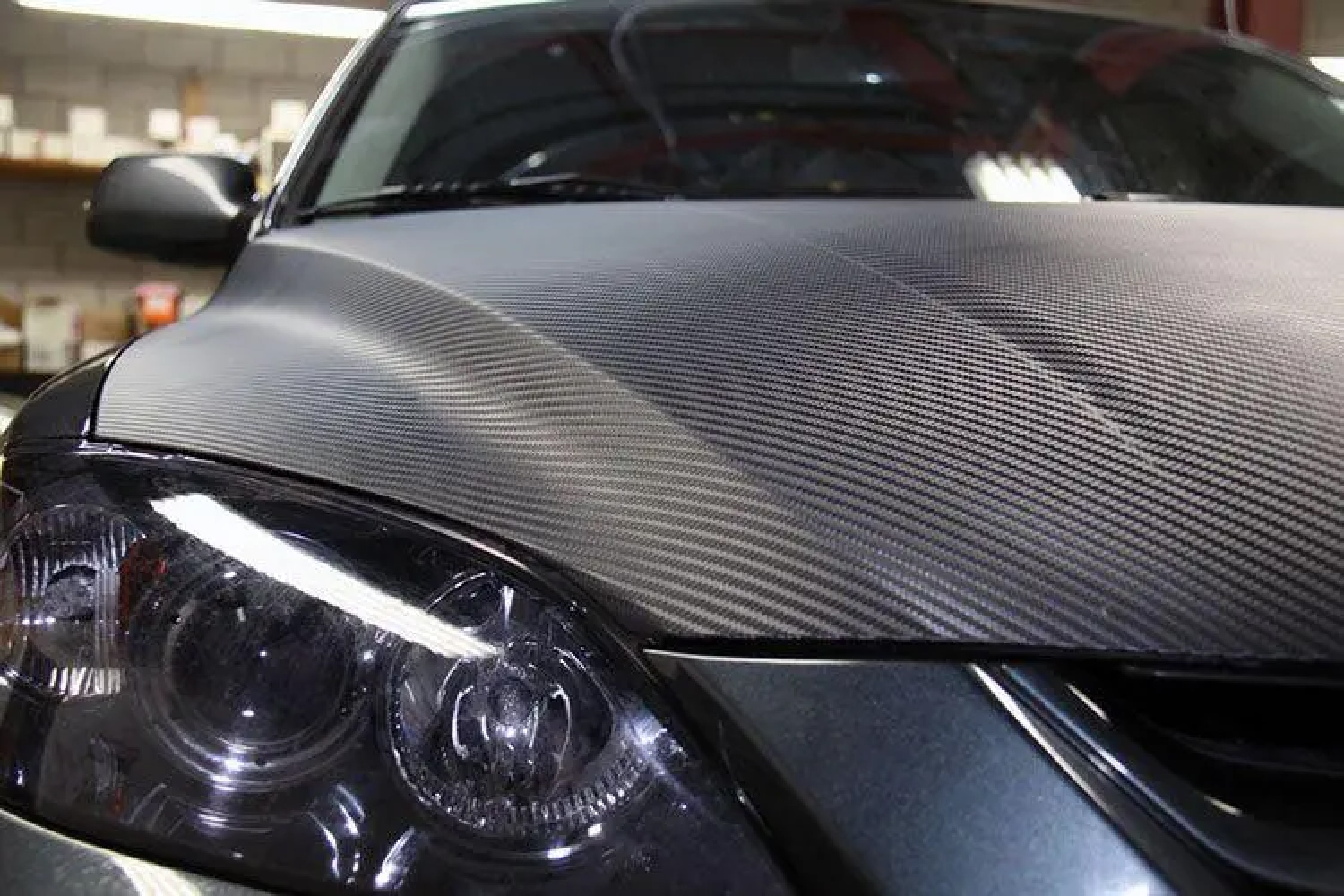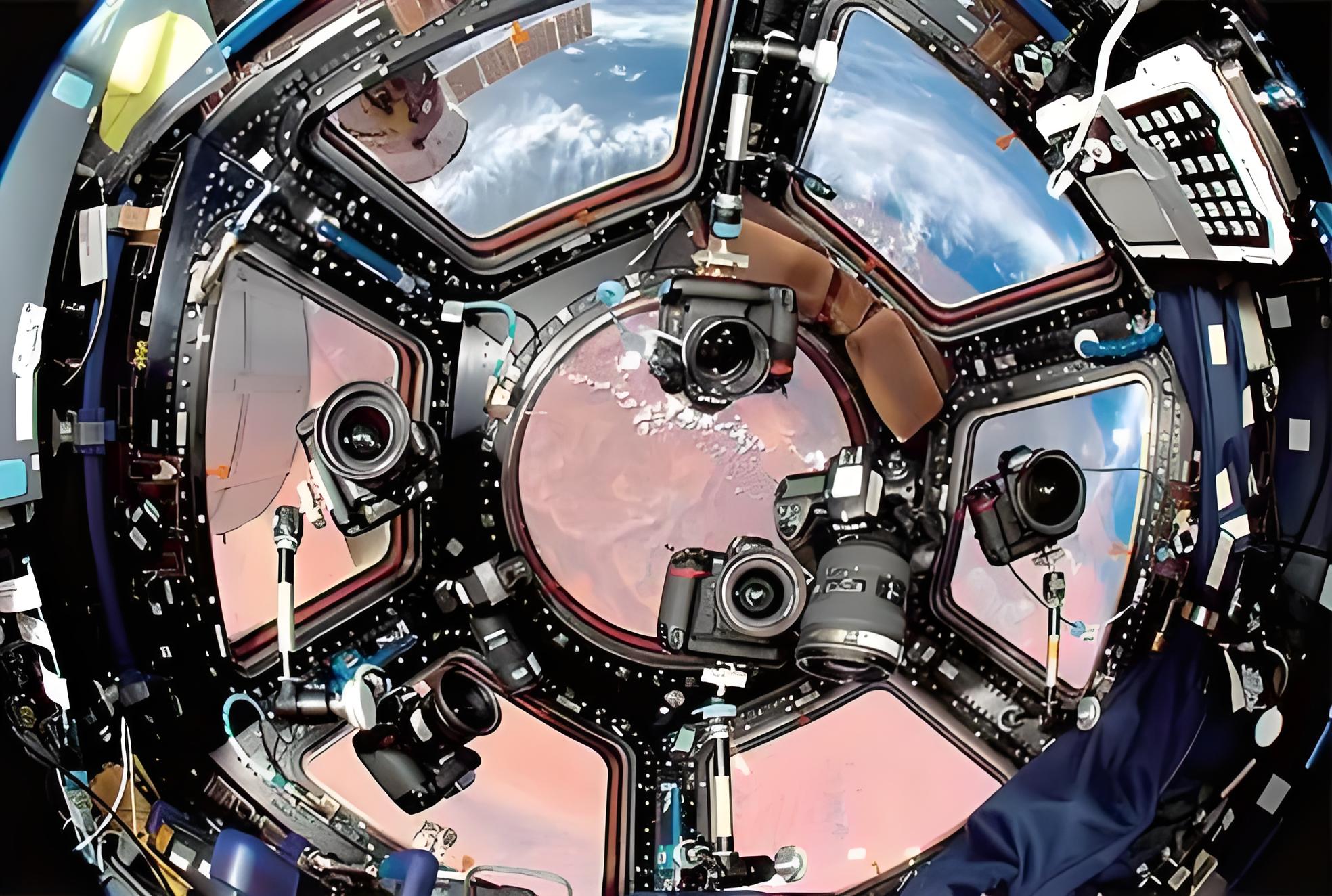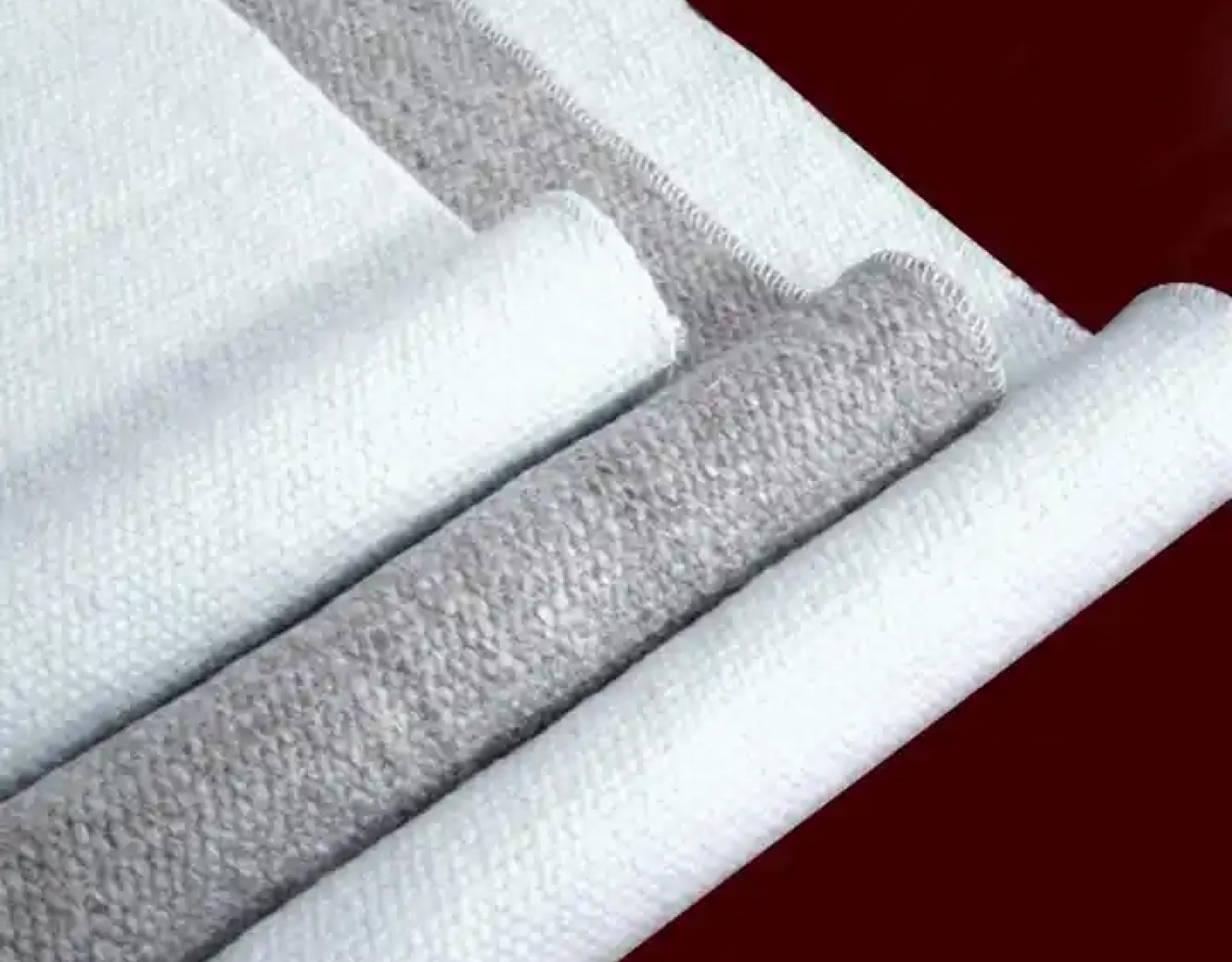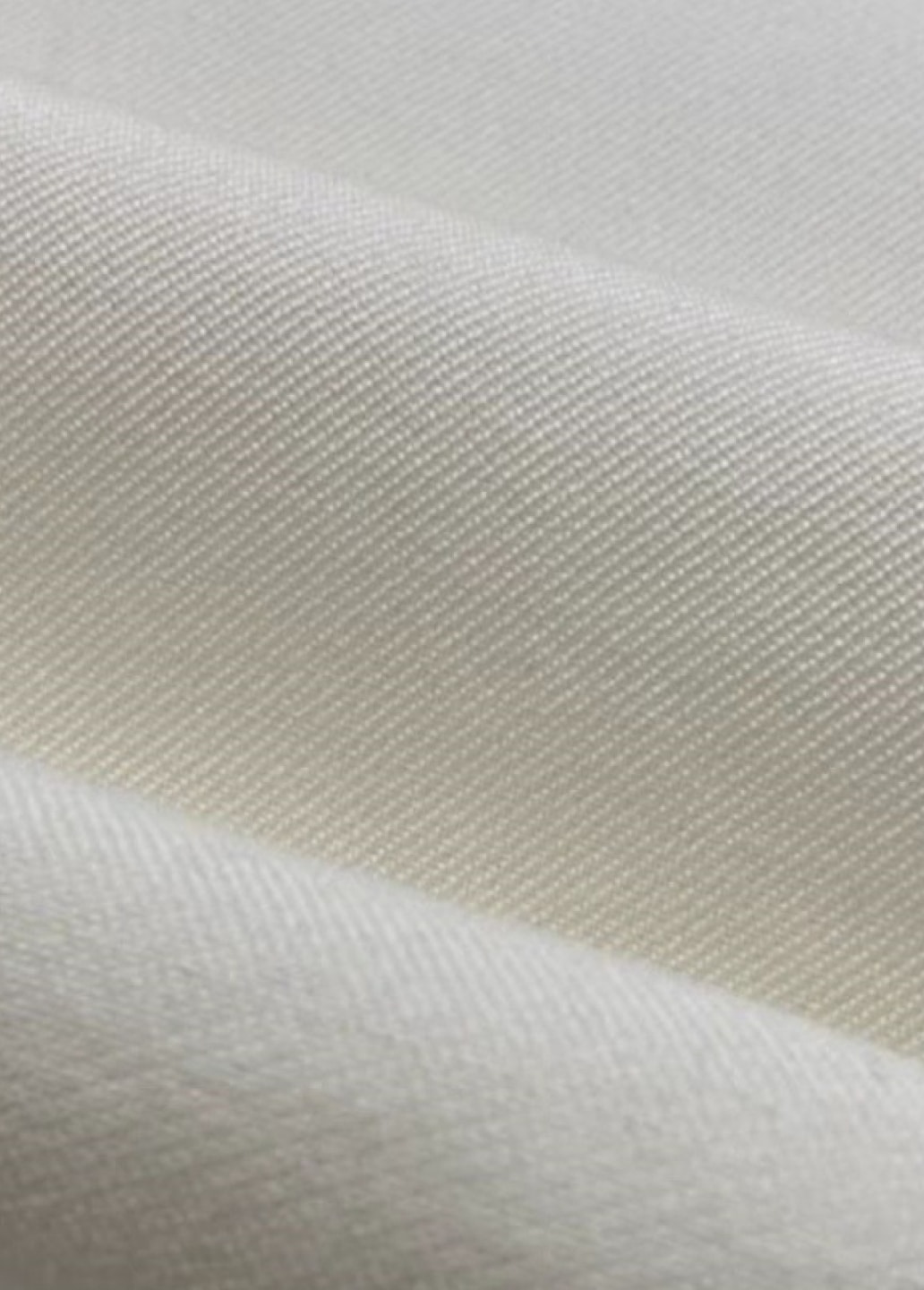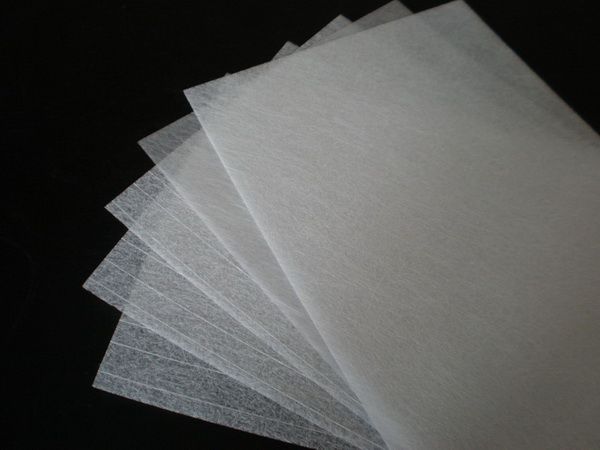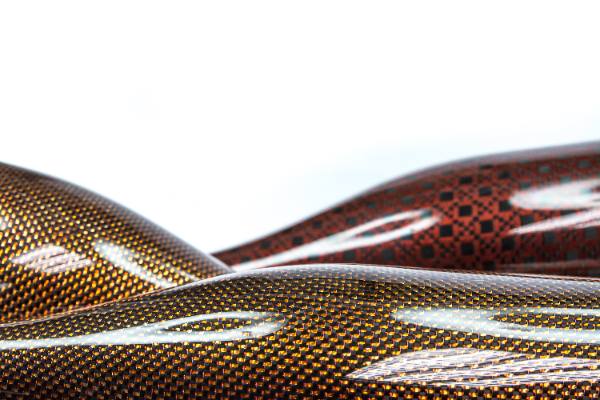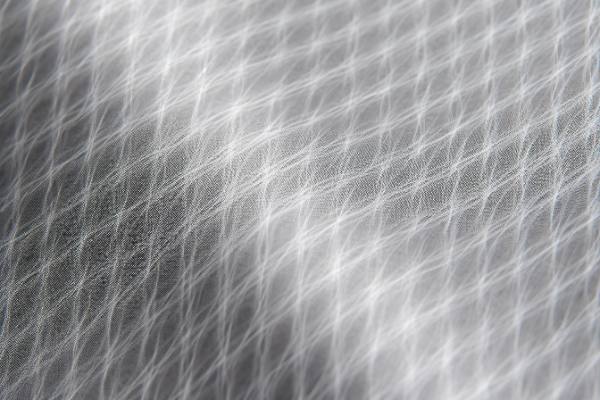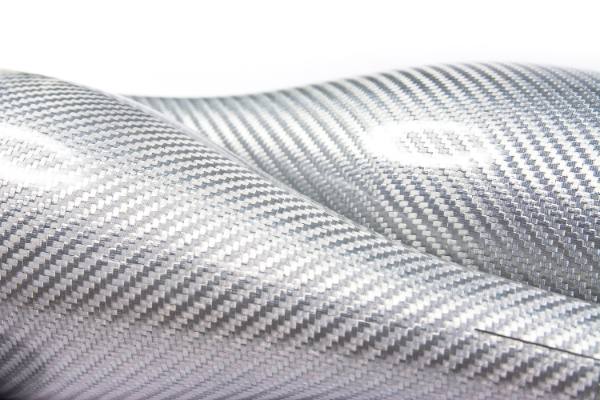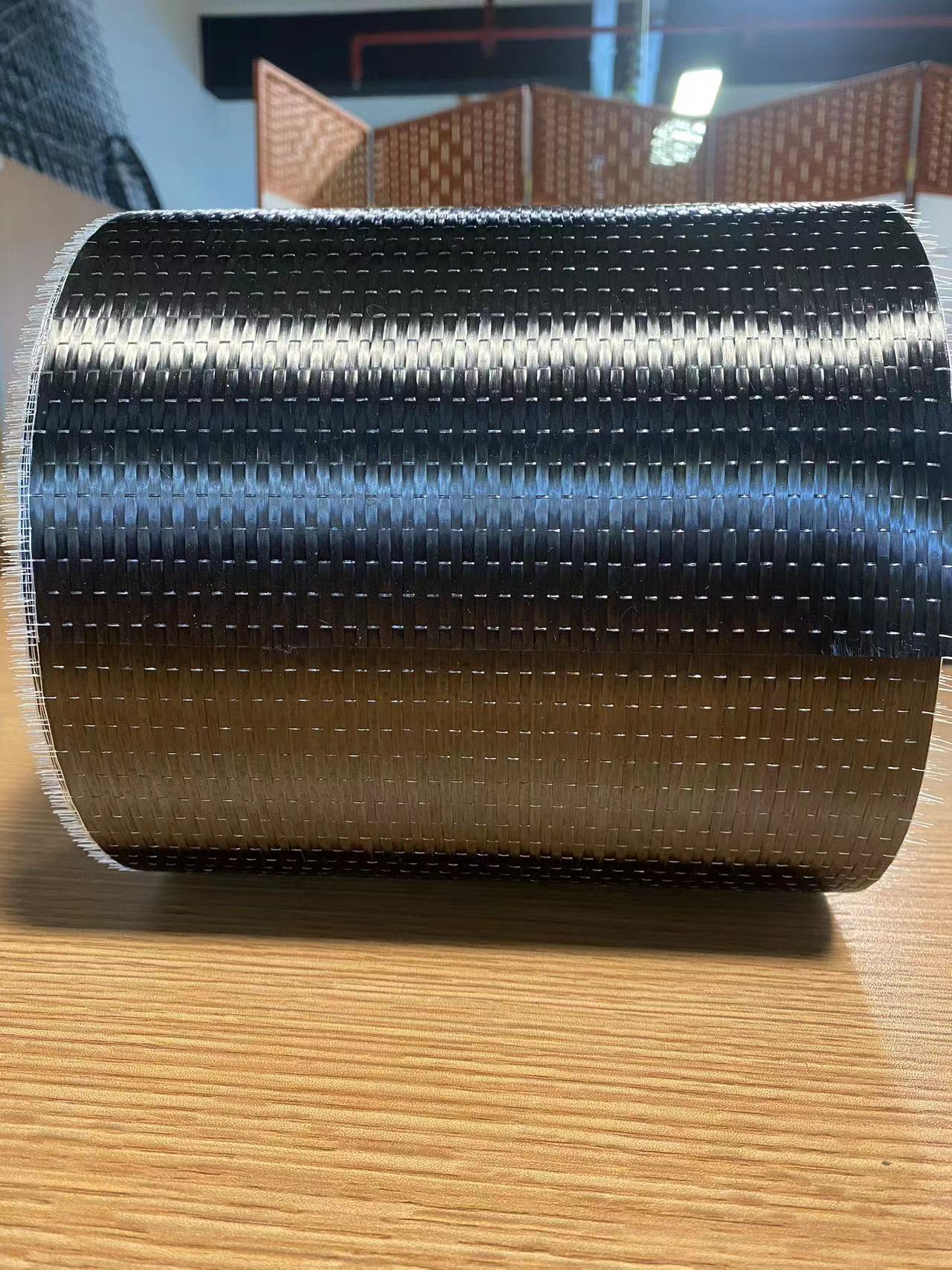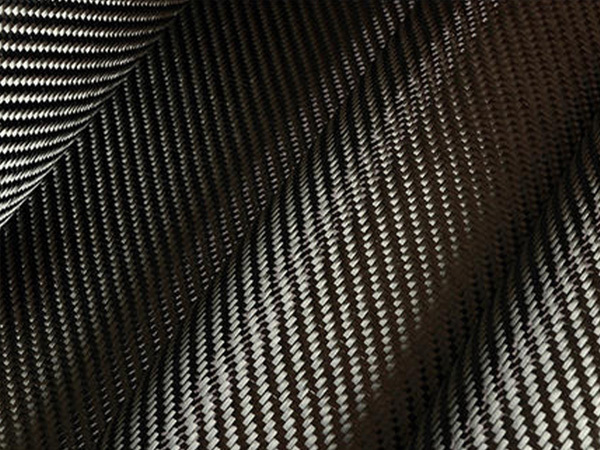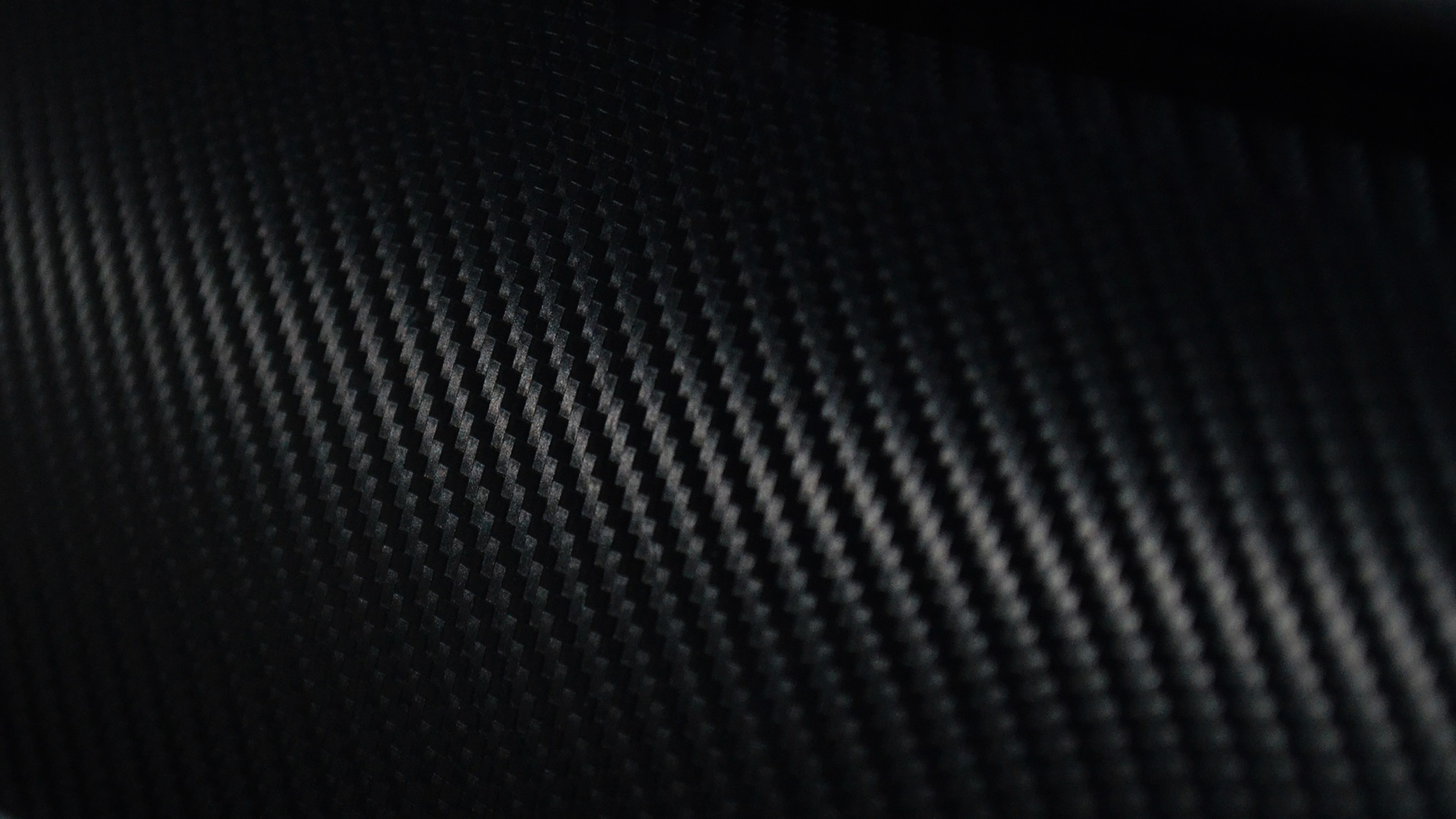+86-13732282311
merlin@xcellentcomposites.com
Let the world benefit from composite materials!
An Introduction to 3D Mesh Fabric and 3D Knitted Fabric
High performance fibre fabrics, such as 3D mesh fabric and 3D knitted fabric, are revolutionizing the textile industry with their superior durability, breathability, and adaptability across various applications. The textile industry has undergone remarkable transformations, with innovative materials reshaping the landscape of design, manufacturing, and functionality. Among these groundbreaking developments are 3D mesh fabric and 3D knitted fabric, two materials that exemplify the fusion of advanced technology and traditional textile techniques. These fabrics are not just materials—they are solutions tailored for industries like fashion, sports, healthcare, automotive, and even home decor. In this comprehensive guide, we’ll dive into what these fabrics are, how they are made, their features, benefits, and applications, and why they are poised to dominate the future of textiles.
What is 3D Mesh Fabric?
3D mesh fabric is a highly versatile textile known for its open, three-dimensional structure. The fabric is created by interweaving fibers, typically synthetic ones such as polyester, nylon, or polypropylene, to form a grid-like pattern with spaces or holes between the threads. This unique construction provides both structural integrity and breathability, making it a go-to material in various industries.
Key Features of 3D Mesh Fabric:
- Breathability:
The open spaces in the fabric allow air to flow freely, ensuring excellent ventilation. This property makes 3D mesh fabric particularly suitable for applications where temperature regulation and moisture management are crucial, such as sportswear and outdoor gear. - Durability:
Manufactured using synthetic fibers like polyester or nylon, 3D mesh fabric is built to last. It can withstand wear and tear, resist abrasion, and endure exposure to environmental elements without compromising its structural integrity. - Lightweight:
Despite its strength, 3D mesh fabric is surprisingly lightweight. This makes it an excellent choice for applications where weight reduction is a priority, such as in backpacks, sports equipment, and upholstery. - Moisture Management:
The breathable structure helps wick away moisture, keeping users dry and comfortable even in high-performance environments. - Aesthetic Appeal:
Available in a variety of colors and patterns, 3D mesh fabric adds a modern, sleek appearance to products, enhancing their overall visual appeal.
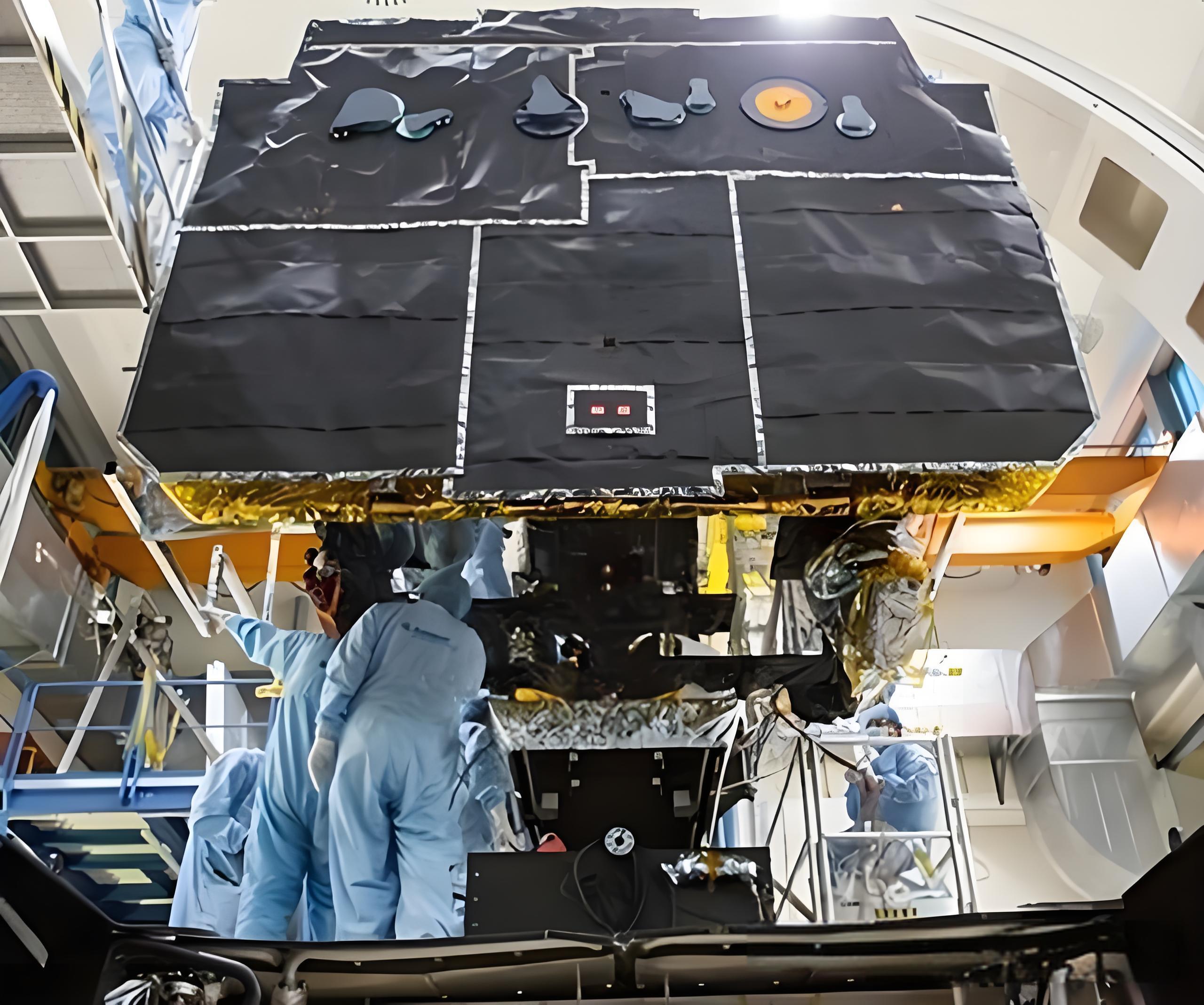
What is 3D Knitted Fabric?
3D knitted fabric takes traditional knitting to a new level by incorporating advanced techniques that create a three-dimensional structure. Unlike flat fabrics, 3D knitted materials have depth, layers, and elasticity, providing enhanced functionality and comfort. These fabrics are often made from a blend of natural fibers like cotton or wool and synthetic fibers like polyester or spandex.
Key Features of 3D Knitted Fabric:
- Elasticity:
The loops and layers in the fabric's construction give it remarkable stretchability. This elasticity makes 3D knitted fabric ideal for products that require dynamic movement, such as activewear, footwear, and medical braces. - Comfort:
The soft, flexible nature of 3D knitted fabric ensures it feels pleasant against the skin, reducing irritation and enhancing user comfort. - Customizable Thickness:
Advanced knitting techniques allow for varying thicknesses within a single piece of fabric. This customization makes 3D knitted fabric suitable for applications requiring targeted support or cushioning. - Versatility:
From creating intricate patterns to incorporating specific functionalities like moisture-wicking or thermal insulation, 3D knitted fabric offers endless possibilities for customization. - Sustainability:
Zero-waste knitting processes reduce material waste, aligning with growing demands for eco-friendly textile solutions.
Differences Between 3D Mesh Fabric and 3D Knitted Fabric
Although both 3D mesh fabric and 3D knitted fabric share a three-dimensional structure and advanced production methods, they differ significantly in construction, properties, and applications. Understanding these differences can help designers and manufacturers select the right material for their needs.
|
Feature |
3D Mesh Fabric |
3D Knitted Fabric |
|
Construction |
Open grid-like structure |
Looped and layered knitting |
|
Breathability |
High |
Moderate |
|
Elasticity |
Low to moderate |
High |
|
Durability |
High |
Moderate |
|
Applications |
Sports gear, upholstery |
Fashion, footwear, medical |
For example, 3D mesh fabric is preferred in applications where breathability and durability are key, such as in sports shoes or car seats. Meanwhile, 3D knitted fabric excels in scenarios where elasticity and comfort are paramount, like in compression garments or sneaker uppers.
Applications of 3D Mesh Fabric
The versatility of 3D mesh fabric has made it a popular choice across a wide range of industries. Below are some of its key applications:
- Sports and Activewear:
The lightweight and breathable properties of 3D mesh fabric make it ideal for running shoes, backpacks, and athletic apparel. Athletes rely on this fabric to stay cool and comfortable during intense physical activities. - Upholstery:
Office chairs, car seats, and mattresses often incorporate 3D mesh fabric to enhance comfort and ventilation. The material's durability ensures it can withstand daily use while maintaining its structural integrity. - Healthcare:
In the medical field, 3D mesh fabric is used for products like braces, wheelchairs, and orthopedic supports. Its cushioning and breathable properties help improve patient comfort and reduce pressure points. - Industrial Use:
Protective gear such as helmets and safety vests benefit from the fabric's lightweight and durable construction, providing both protection and comfort. - Footwear:
In the shoe industry, 3D mesh fabric is commonly used for uppers, where its breathability helps prevent overheating and moisture buildup.
Applications of 3D Knitted Fabric
3D knitted fabric is equally versatile and has carved a niche in several industries, including fashion, medical textiles, and home decor.
- Fashion and Apparel:
Designers leverage the elasticity and softness of 3D knitted fabric to create activewear, athleisure clothing, and even high-fashion pieces. Its ability to stretch and adapt to the body enhances both fit and comfort. - Footwear:
Popular in sneaker design, 3D knitted fabric is used to create flexible, durable uppers that conform to the shape of the foot. This ensures a snug fit and reduces the risk of blisters. - Medical Textiles:
Compression garments, prosthetic covers, and bandages utilize 3D knitted fabric for its stretchability and breathability, improving both functionality and patient comfort. - Home Textiles:
In the home, 3D knitted fabric is used for cushions, blankets, and decorative items. Its soft texture and customizable designs make it a popular choice for interior designers. - Automotive Industry:
Similar to 3D mesh fabric, 3D knitted fabric is finding its way into car interiors, particularly in seat covers and headrests, where comfort and aesthetics are essential.
Benefits of 3D Mesh Fabric
Enhanced Air Circulation:
The open structure promotes airflow, making it an excellent choice for hot climates or physically demanding activities.
Lightweight Construction:
Despite its durability, 3D mesh fabric remains lightweight, reducing the overall weight of products like backpacks or footwear.
Moisture Wicking:
By drawing moisture away from the skin, 3D mesh fabric helps users stay dry and comfortable.
Eco-Friendly Options:
Many manufacturers now offer recycled versions of 3D mesh fabric, reducing environmental impact and supporting sustainability.
Benefits of 3D Knitted Fabric
Flexibility and Comfort:
The stretchable nature of 3D knitted fabric allows it to move with the wearer, enhancing comfort and reducing restrictions.
Design Customization:
Advanced knitting machines enable the creation of intricate patterns, varying textures, and integrated functionalities like thermal regulation.
Soft Texture:
The smooth, soft feel of 3D knitted fabric makes it ideal for products that come into direct contact with the skin.
Thermal Insulation:
The layered structure of 3D knitted fabric can trap heat, making it suitable for cold-weather applications.
Sustainability in 3D Fabrics
Both 3D mesh fabric and 3D knitted fabric are advancing toward more sustainable practices. For instance:
- Recycled Materials: Fabrics made from recycled polyester or nylon are becoming increasingly common.
- Zero-Waste Knitting: The production of 3D knitted fabric often involves minimal material waste, aligning with eco-friendly manufacturing goals.
- Biodegradable Options: Researchers are exploring biodegradable fibers to reduce the environmental footprint of these materials.
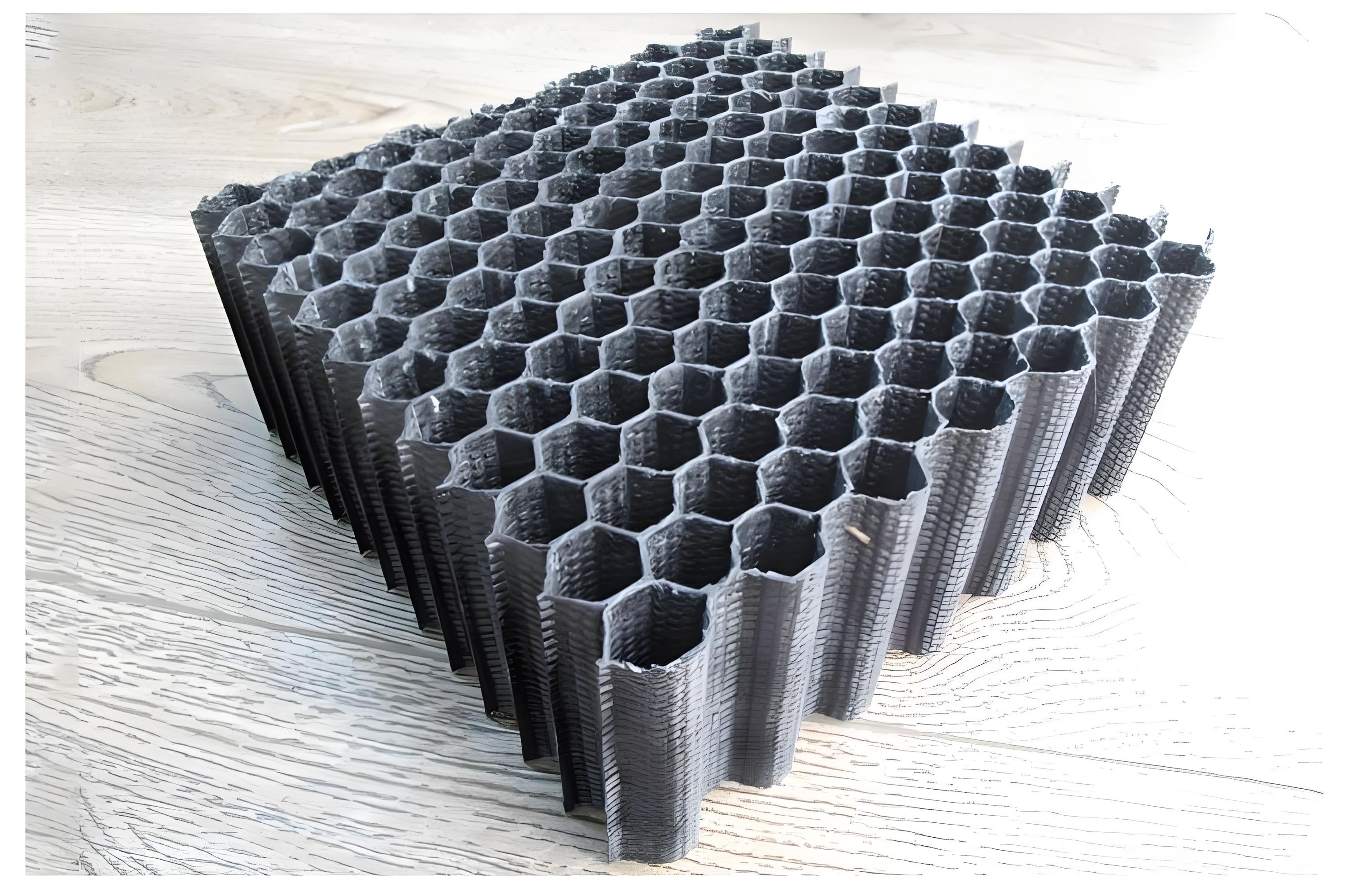
Future Trends in 3D Fabrics
The future of 3D mesh fabric and 3D knitted fabric is brimming with potential. Here are some trends to watch:
- Smart Textiles: Integration with wearable technology for health monitoring or environmental sensing.
- Advanced Customization: Greater ability to tailor fabrics for specific applications, such as temperature regulation or impact resistance.
- Biodegradable and Sustainable Materials: The push for eco-friendly solutions will continue to drive innovation.
Conclusion
3D mesh fabric and 3D knitted fabric are reshaping the textile landscape, offering innovative solutions for comfort, functionality, and sustainability. Whether it’s the breathability and durability of 3D mesh fabric or the elasticity and customization of 3D knitted fabric, these materials cater to a wide range of needs and applications. As technology advances, the possibilities for these fabrics will only expand, making them essential components in the future of textiles.
Read More: Development Status and New Varieties of Ceramic Fibers and Their Applications
Popular Composite Materials
Popular Composite Materials
Composites Knowledge Hub
Composites Knowledge Hub

